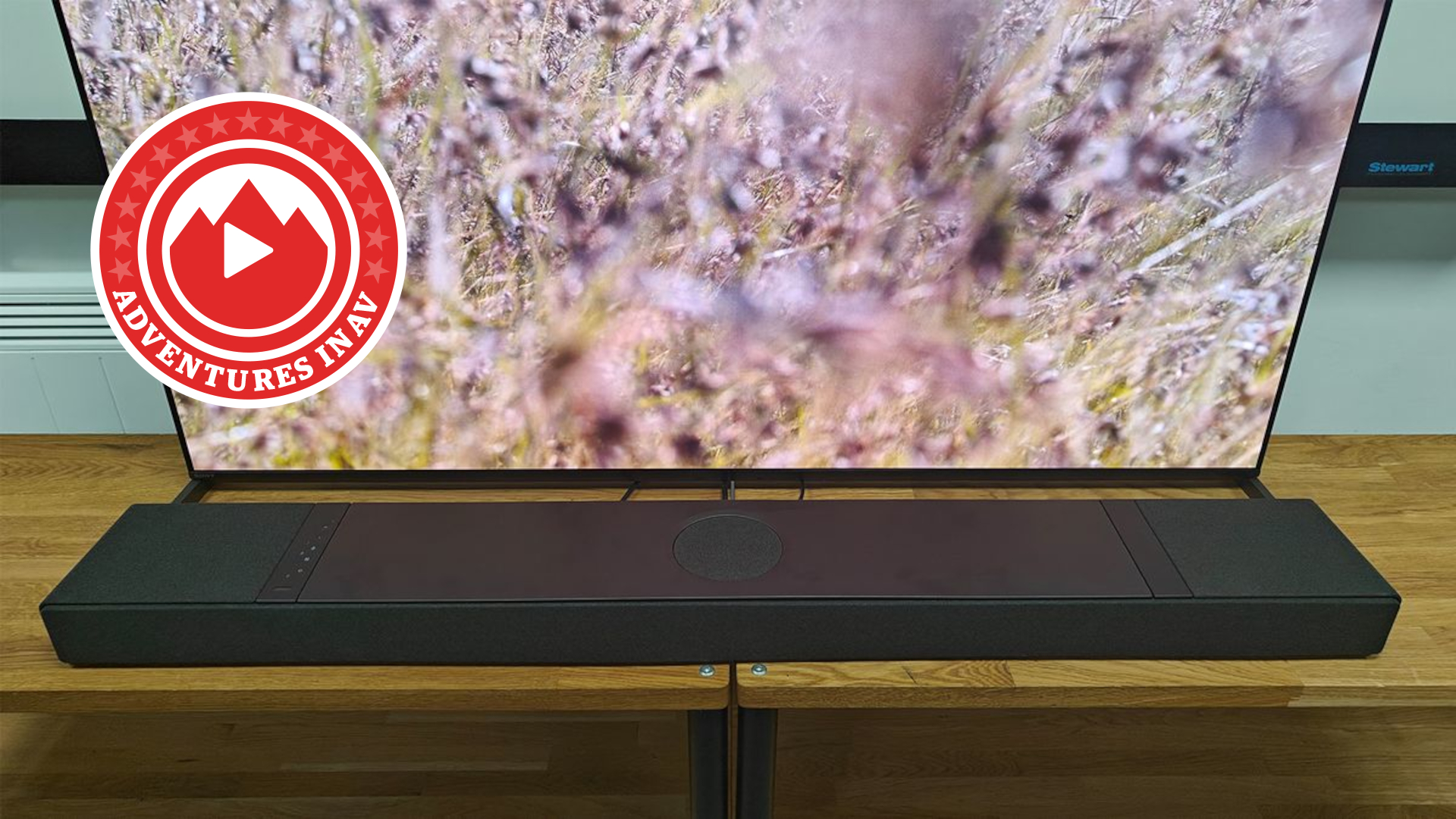Best noise-cancelling headphones 2025 – tested by our in-house review experts
The best ANC headphones silence the noisy outside world, leaving you and your tunes uninterrupted
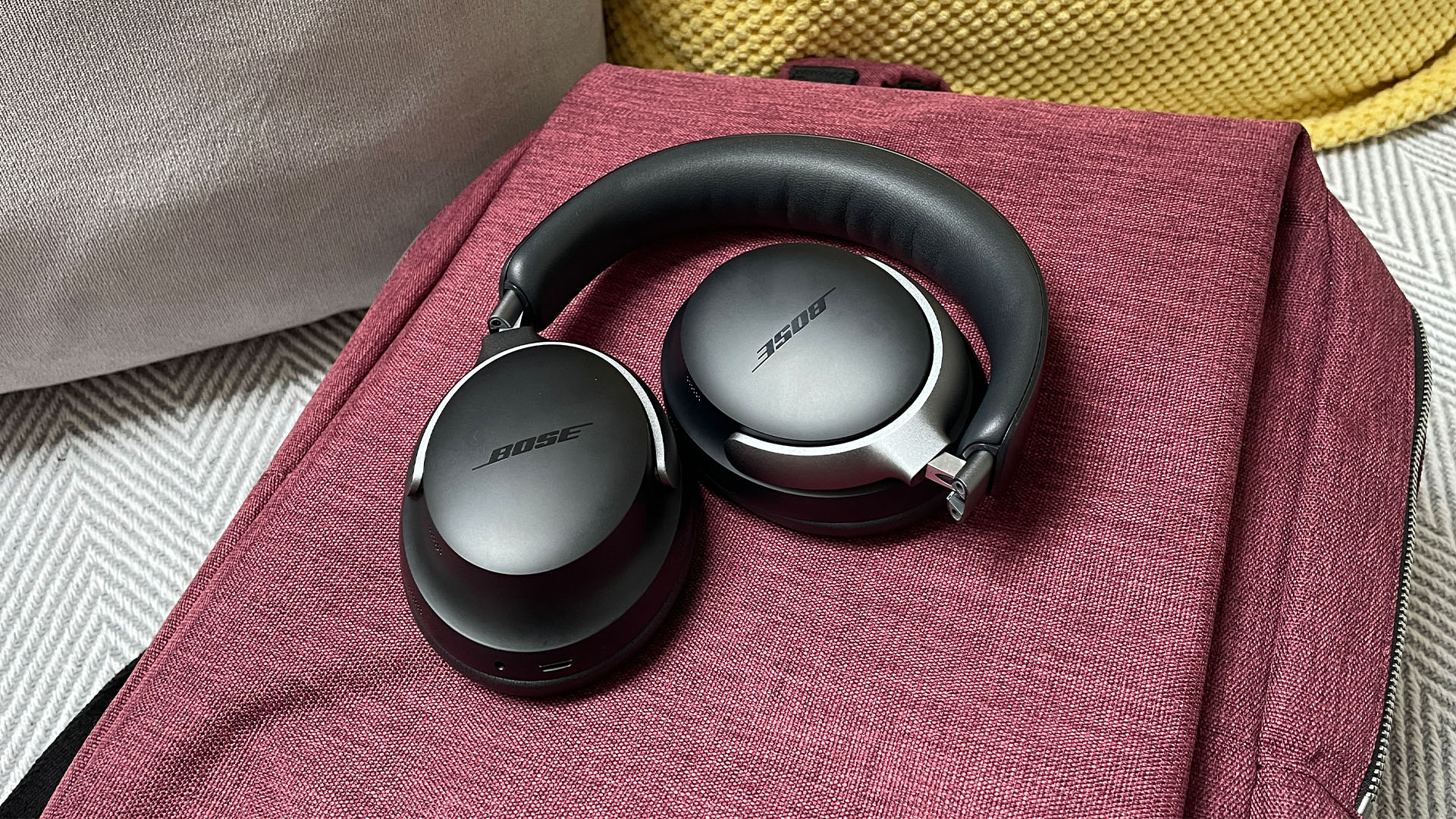
In brief
- The Sony WH-1000XM6 are our pick as the best noise cancelling headphones overall – they are great all-rounders.
- For an in-ear design, we rate the Bose QuietComfort Ultra Earbuds (2nd Gen) and Sony WF-C710N as the best premium and best budget noise cancelling earbuds, respectively.
- Prioritise sound quality? The Dali IO-8 are the best noise cancelling headphones for audiophiles.
The role of noise-cancelling headphones is an increasingly important one in our increasingly noisy world: to block external sound, such as crying babies, transport engine noise and roadwork racket, from hindering our music listening experience.
If you ask us, active noise cancellation (ANC) technology is the most practical modern-day headphone feature on the market today, so we're pleased to see it is now in more pairs than ever, having trickled down from premium wireless models to midrange and even budget ones. As you'll see below.
Our in-house review experts have tested hundreds of ANC headphones since the first pair from 'noise-cancelling king' Bose broke new ground three decades ago, and our six picks below represent the very best you can buy at their various price points. These are closely followed by a handful of recommendable alternatives in our also consider list.
Our editor picks aren't only sensational noise-blockers but also best-in-class performers in the sound quality department. Comparative testing is a big part of how we test noise-cancelling headphones: as we keep our favourite pairs on-site, we compare every newcomer's sound against that of the leading competition.
Other criteria boxes must be ticked too: high levels of comfort and build quality, with bonus points going to those that offer cutting-edge features, such as Bluetooth Multipoint and spatial audio.
Every pair on this page has impressed our expert testers in every department and represents the very best of its kind at its price.
September 30th: Added 'In brief' section at the top.

As the managing editor of What Hi-Fi?, with over a decade of audio reviewing experience, I've listened to hundreds of pairs of headphones, many of which have included active noise-cancelling technology. I'm a keen traveller, so I quickly learnt the value of ANC on trains and planes!
While best-in-class sound quality is a huge priority when choosing the best noise-cancellers, so too is sound-blocking ability, as well as battery life and all-day comfort. To that end, you can rest assured that every pair below is an excellent all-rounder and class leader at its respective price.
Best noise-cancelling headphones overall
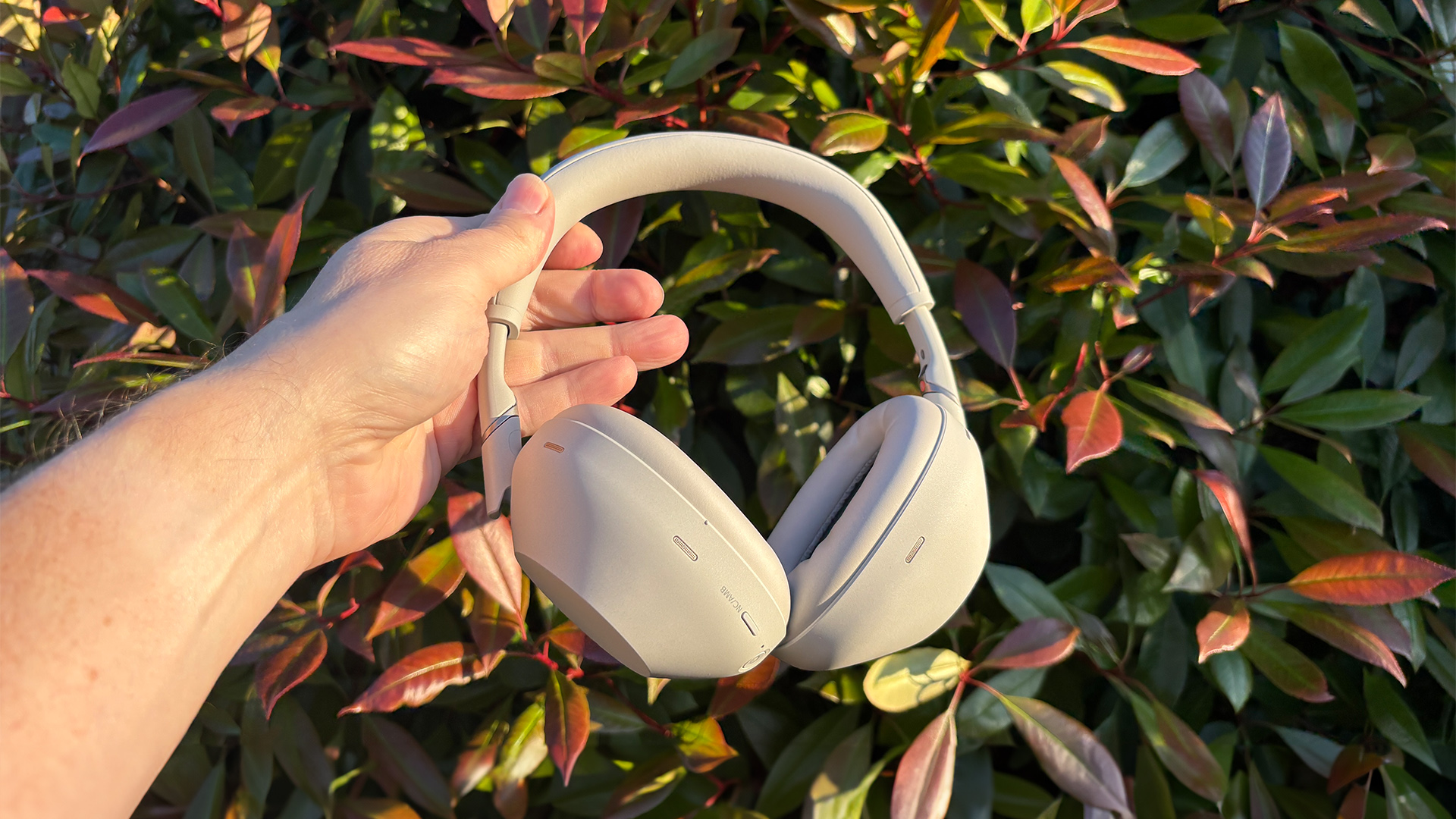
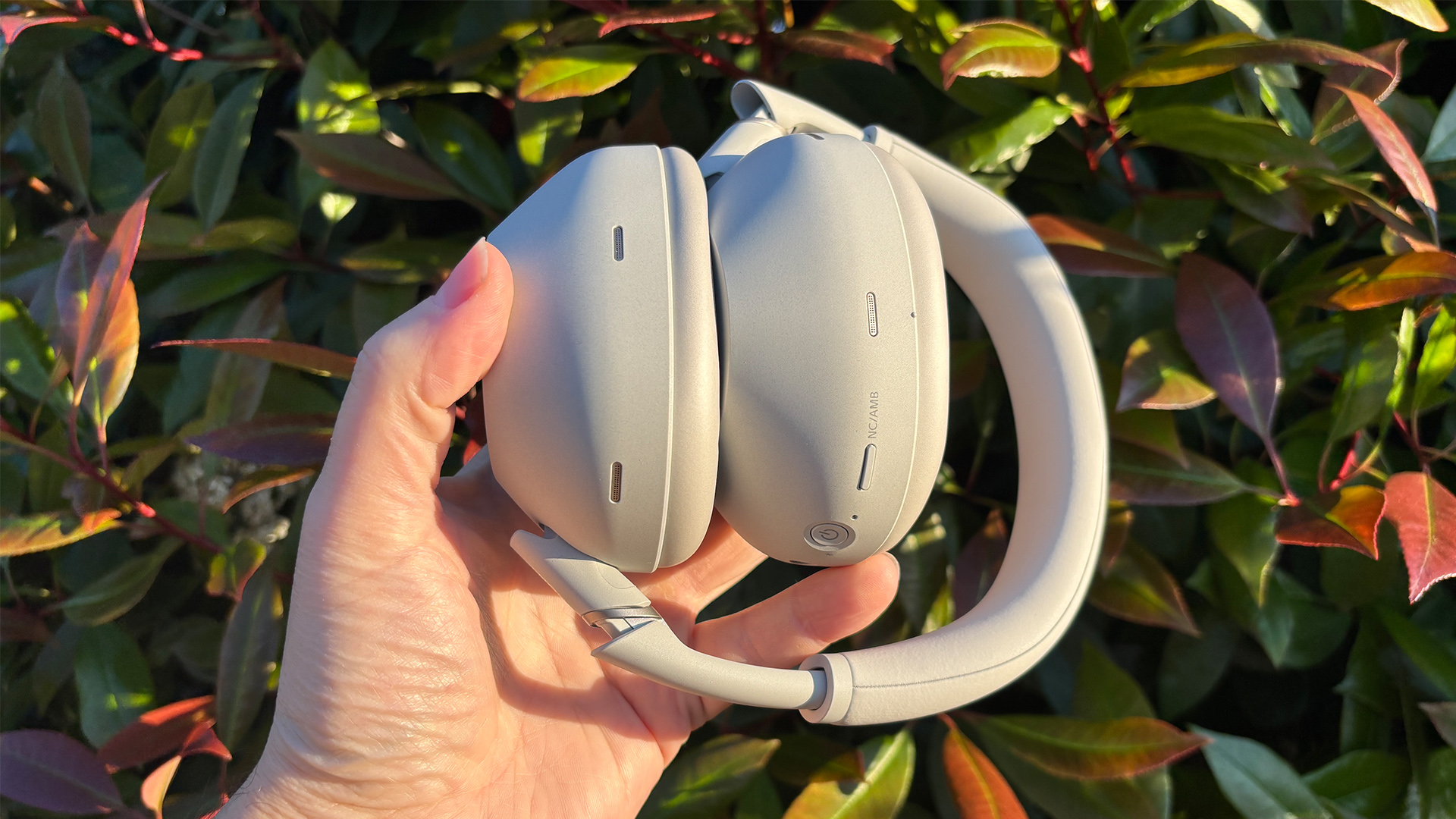
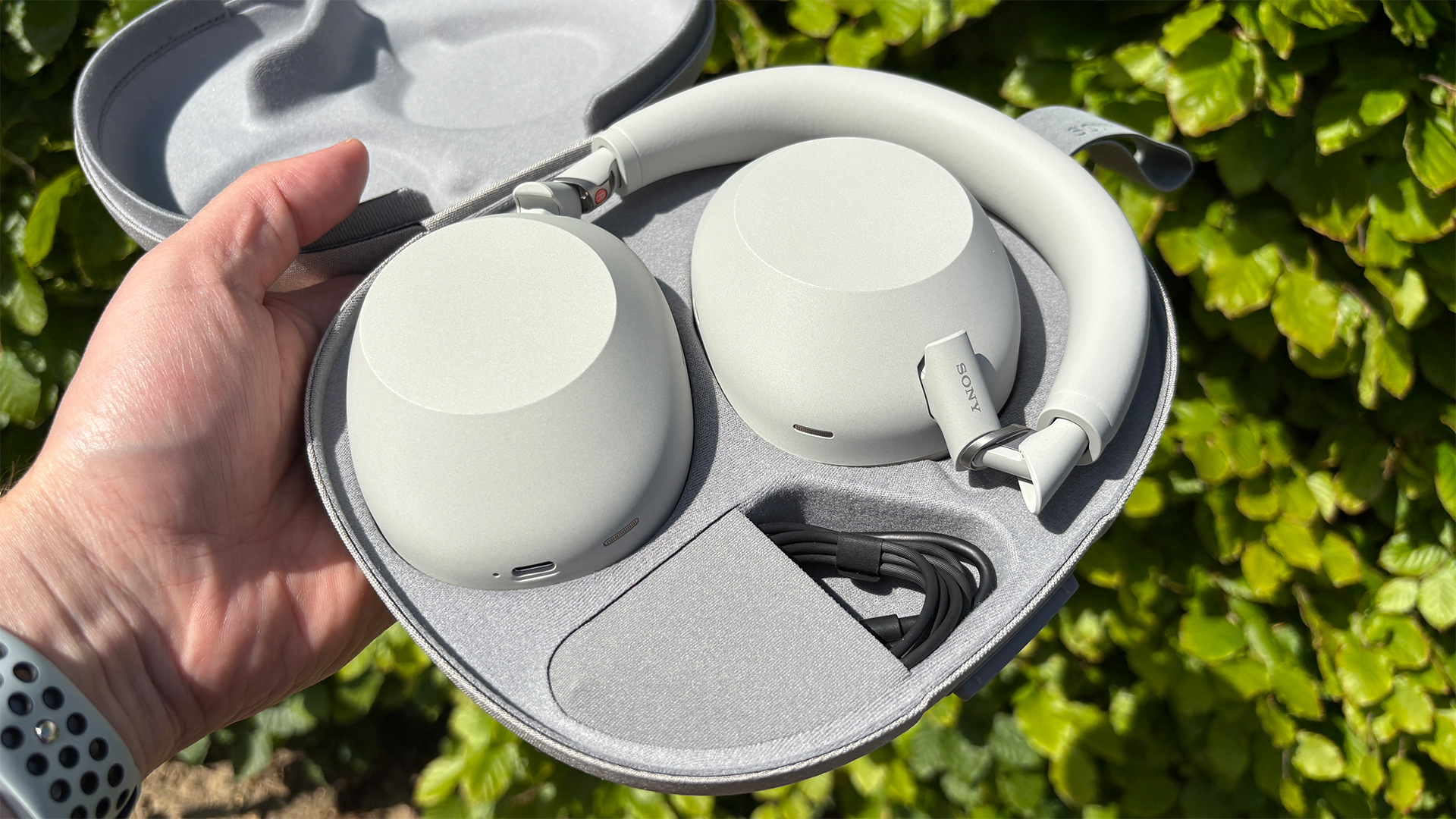
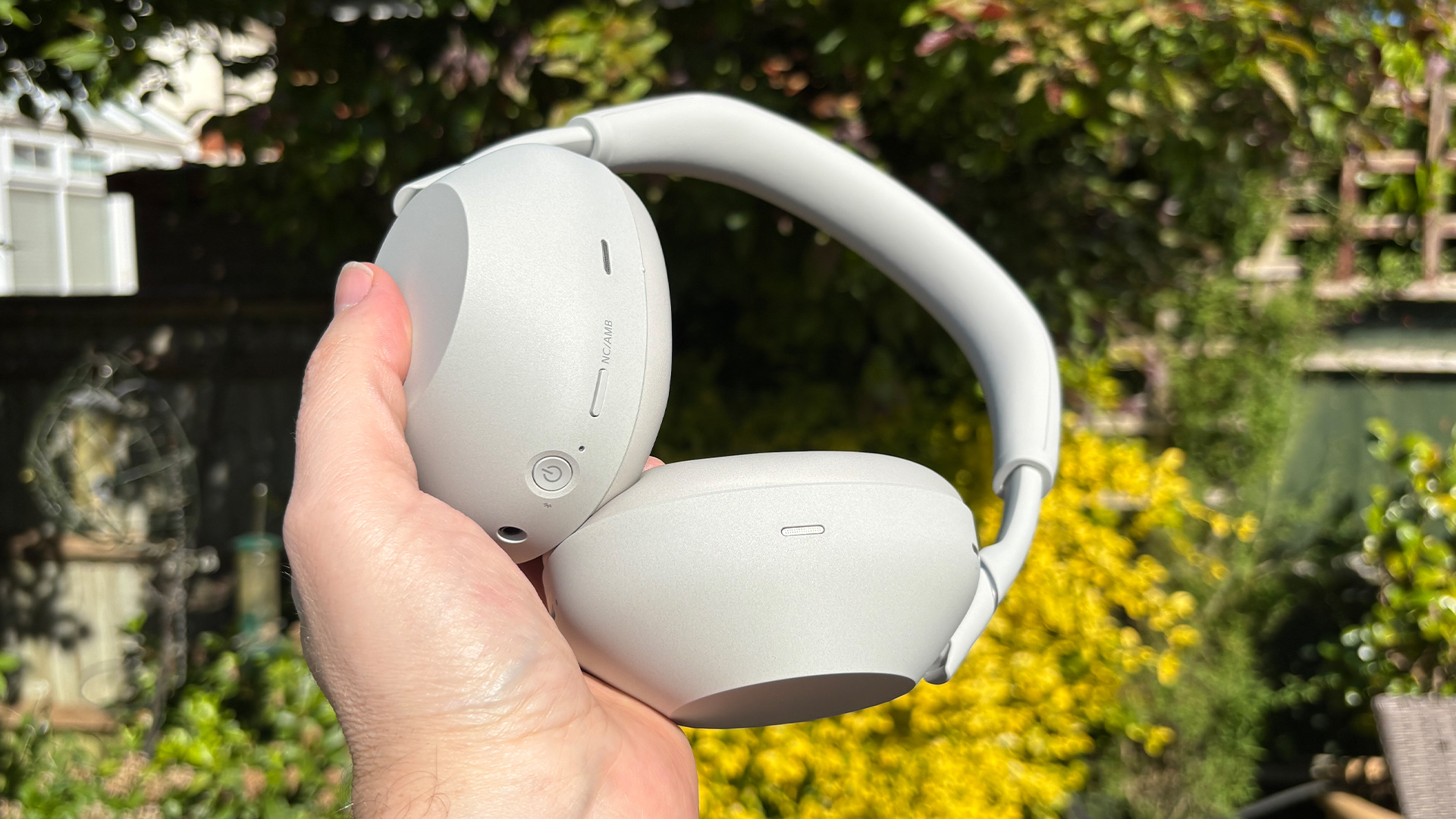
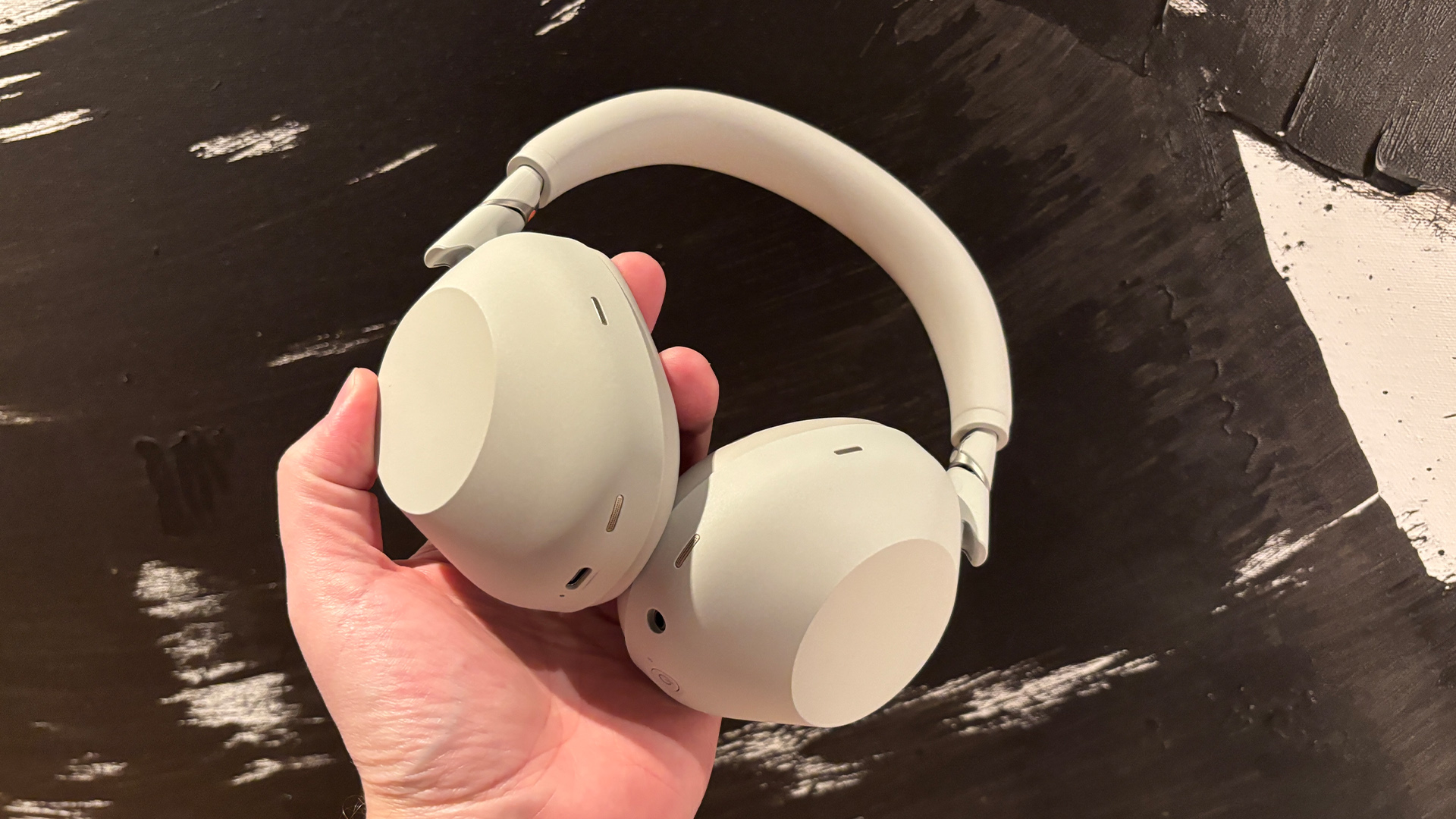
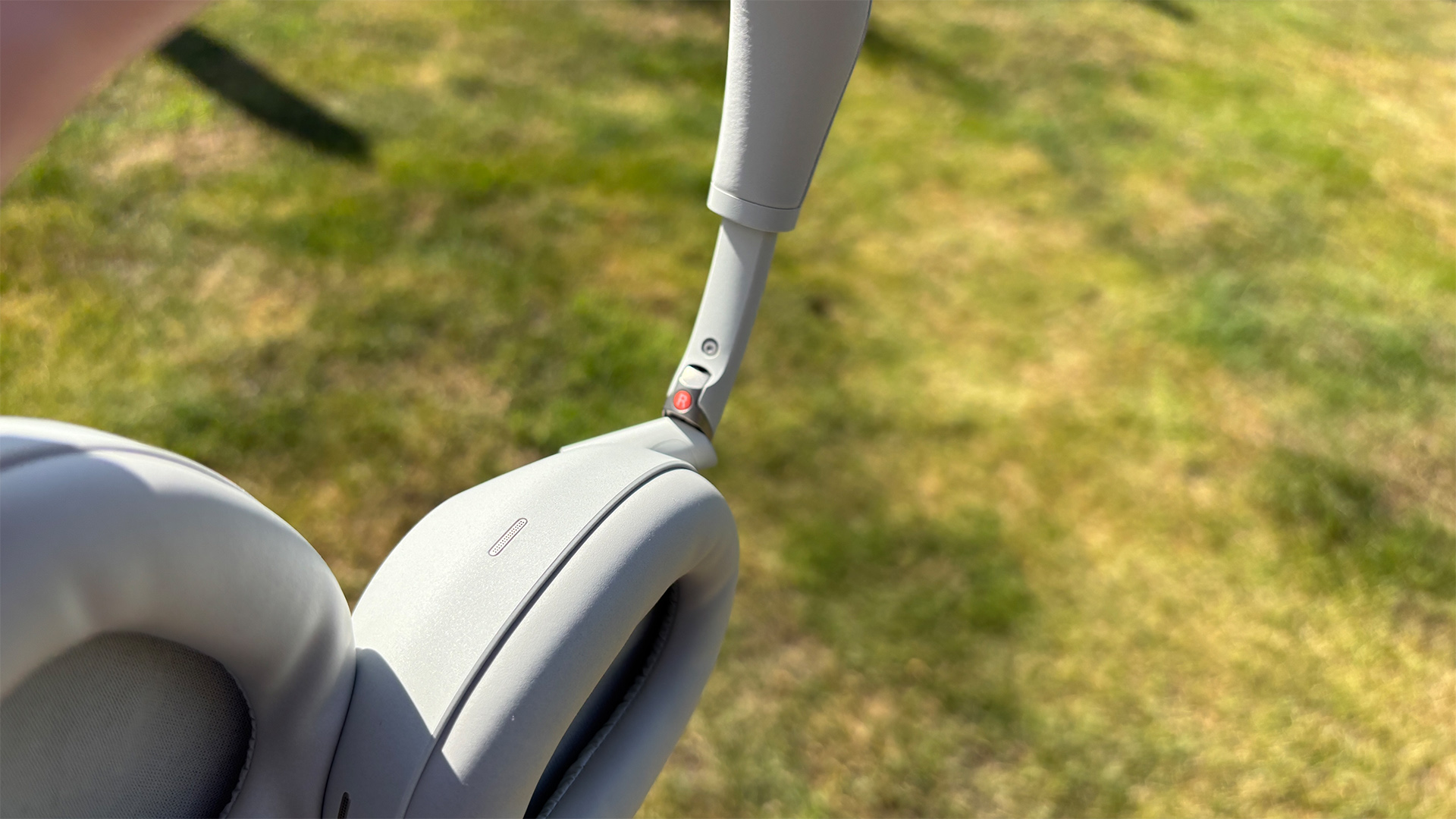
Specifications
Reasons to buy
Reasons to avoid
Sony's brand-new wireless noise-cancelling headphones are the best-value pair and our favourite overall, replacing their three-time What Hi-Fi? Award-winning predecessors, which used to sit in this very spot.
It can be tricky for a manufacturer to push the sound performance of a product consistently from generation to generation, but that is what Sony has managed to do with its WH-1000XM6 headphones.
Not only that, but they also bring improvements to the noise-cancelling performance, offering a more natural and subtle but effective alternative to the Bose QC Ultra Headphones, and bring back the hinge design that allows the headphones to neatly fold up in a ball.
They are wonderfully comfortable thanks to a flatter, wider headband; add next-gen Bluetooth features such as LC3, LE Audio and Auracast support as well as 360 Reality Audio Upmix for Cinema, which adds Sony’s spatial audio processing to any content you’re watching in stereo; and borrow some of the sound technology found in the company's premium Walkman range.
What's more, the new headphones "deliver the most detailed, dynamic, precise and open sound we’ve heard from a wireless Sony flagship," to borrow a quote from our XM6 review. Sony has raised its own benchmark for sound quality and leads the class alongside the also new Bowers & Wilkins Px7 S3.
If you're looking for a new pair of wireless noise-cancelling over-ear headphones, your auditioning should start here.
Competition comparison
The arguably more stylish B&W Px7 S3 are similar in sonic ability albeit don't offer as effective noise cancelling, while the older Sony XM5 and even the older still Sony XM4 are still worth snapping up if you find the XM6 too pricey.
Wondering where Bose's rivals fit into all of this? The Bose QuietComfort Ultra Headphones block sound marginally more intensely but are second best when it comes to sound quality.
Read our full Sony WH-1000XM6 review
See how they compare to the old XM5: Sony WH-1000XM6 vs WH-1000XM5
Best cheap noise-cancelling headphones

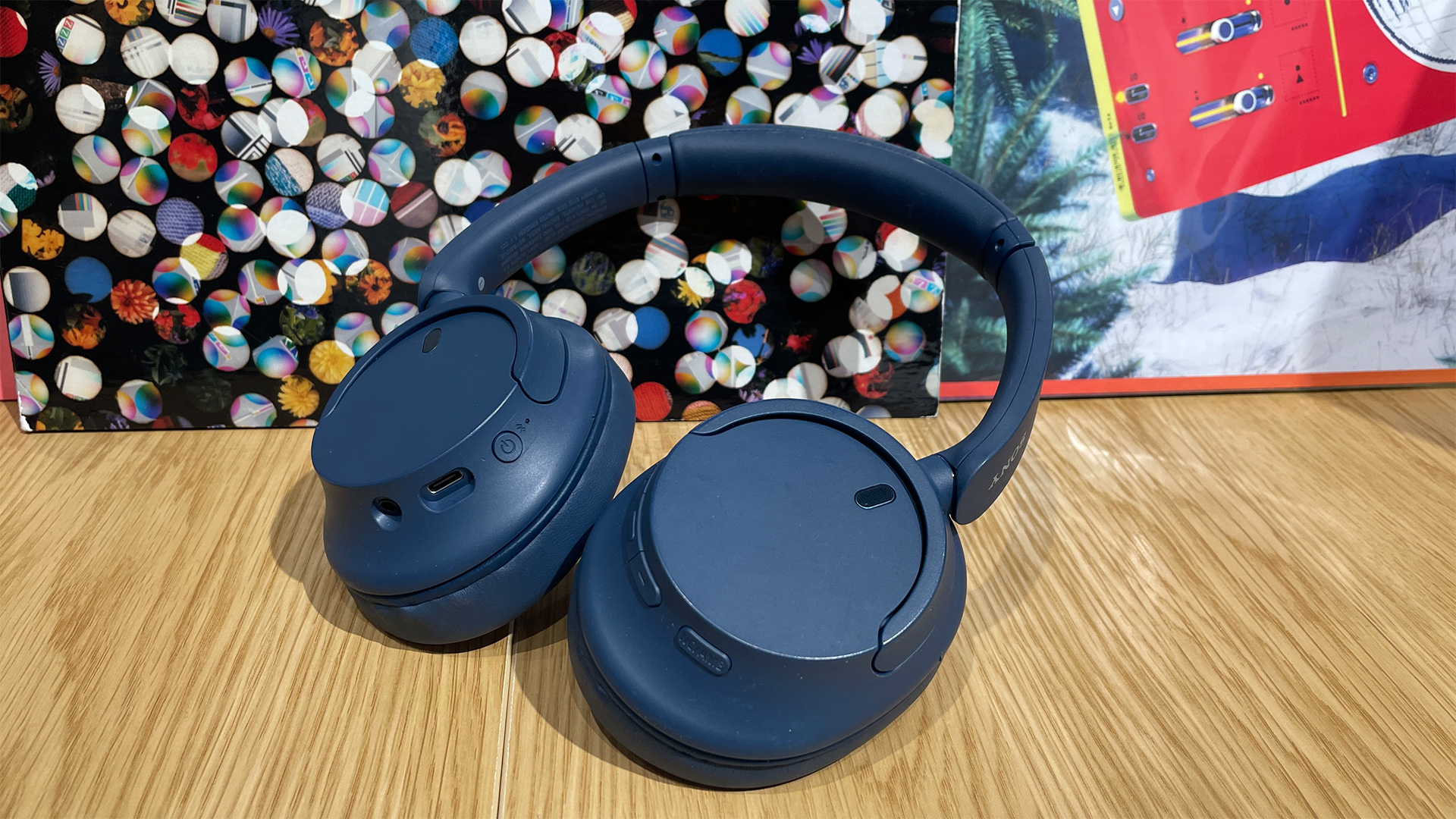
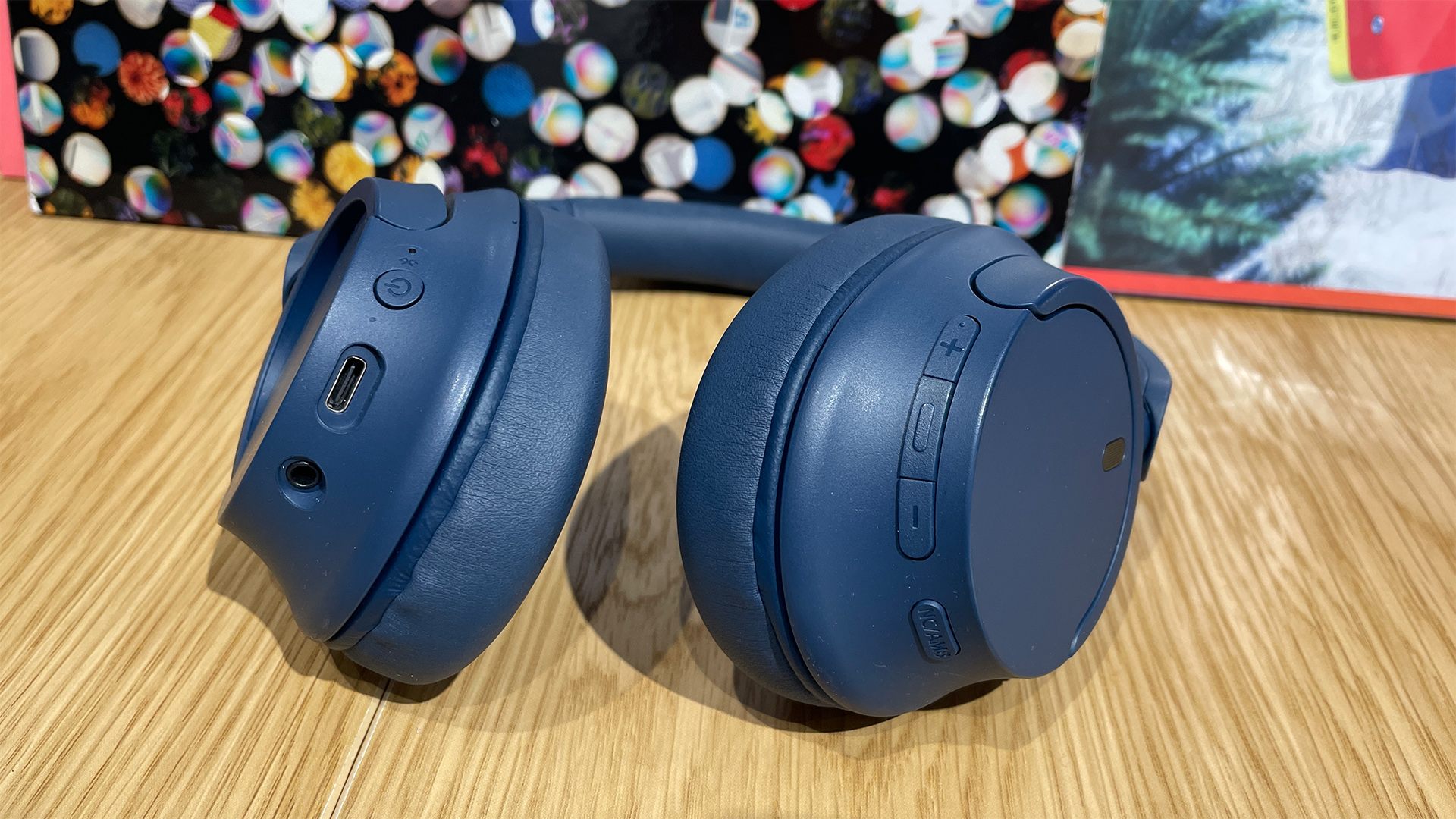
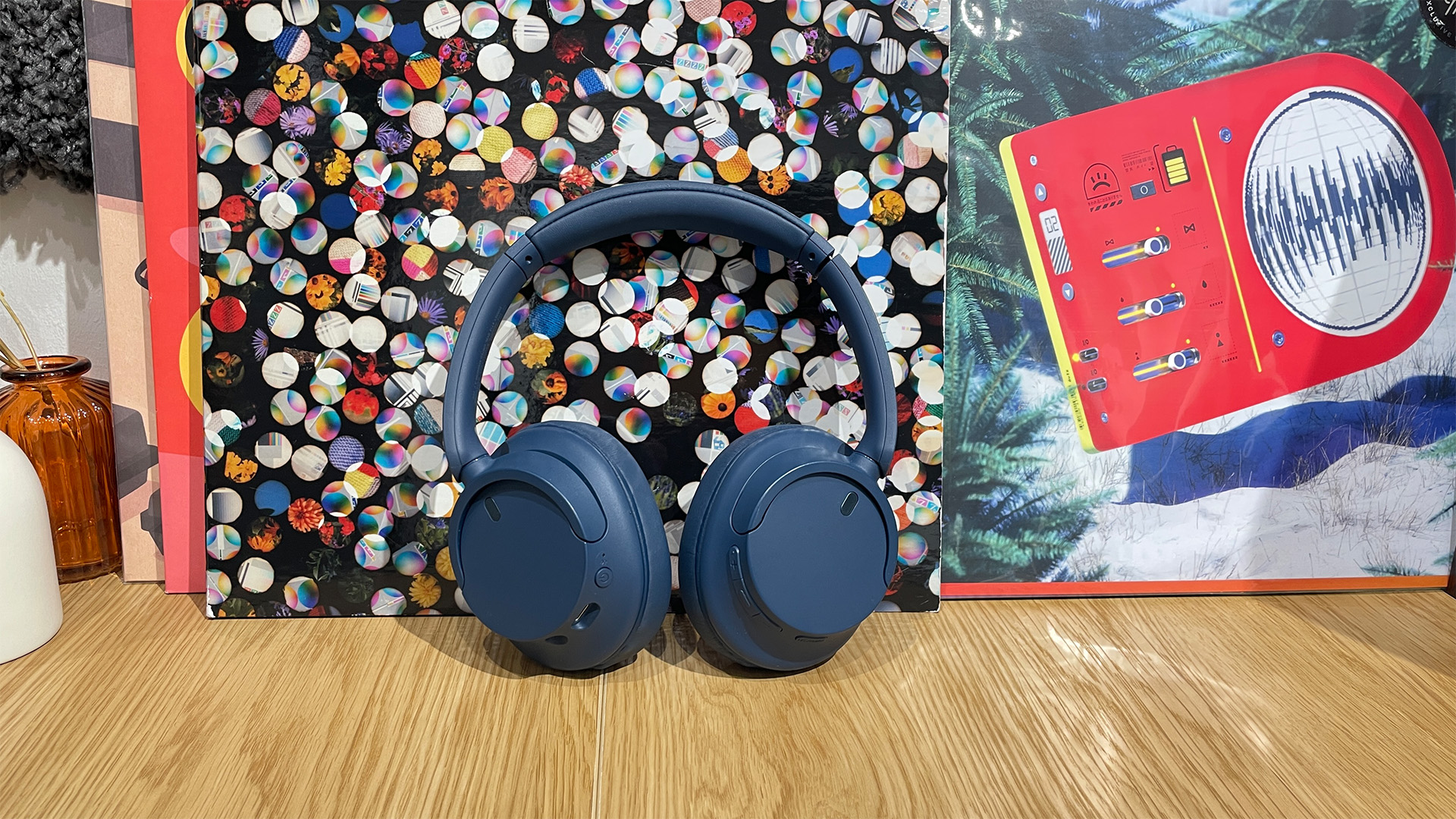
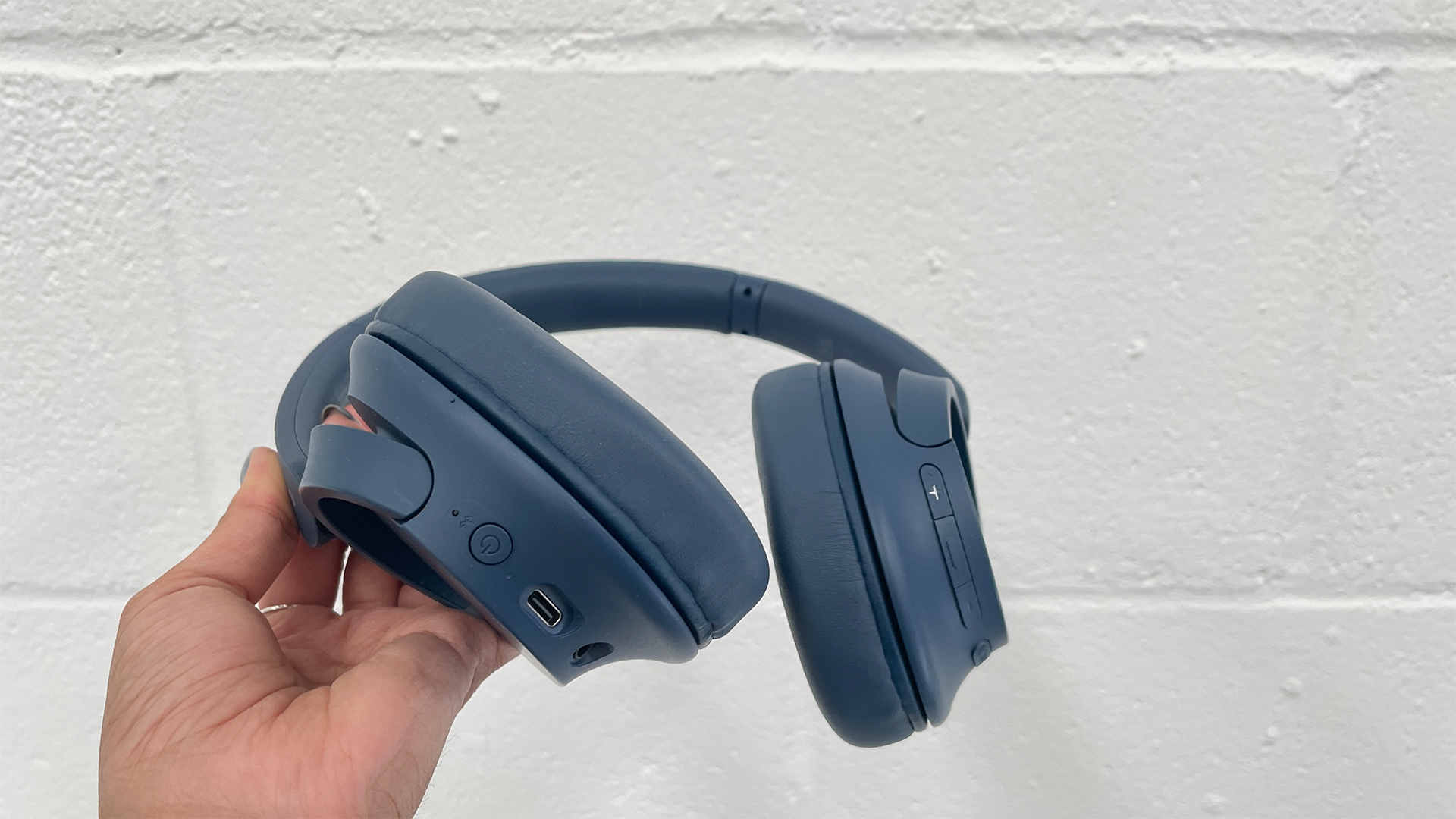
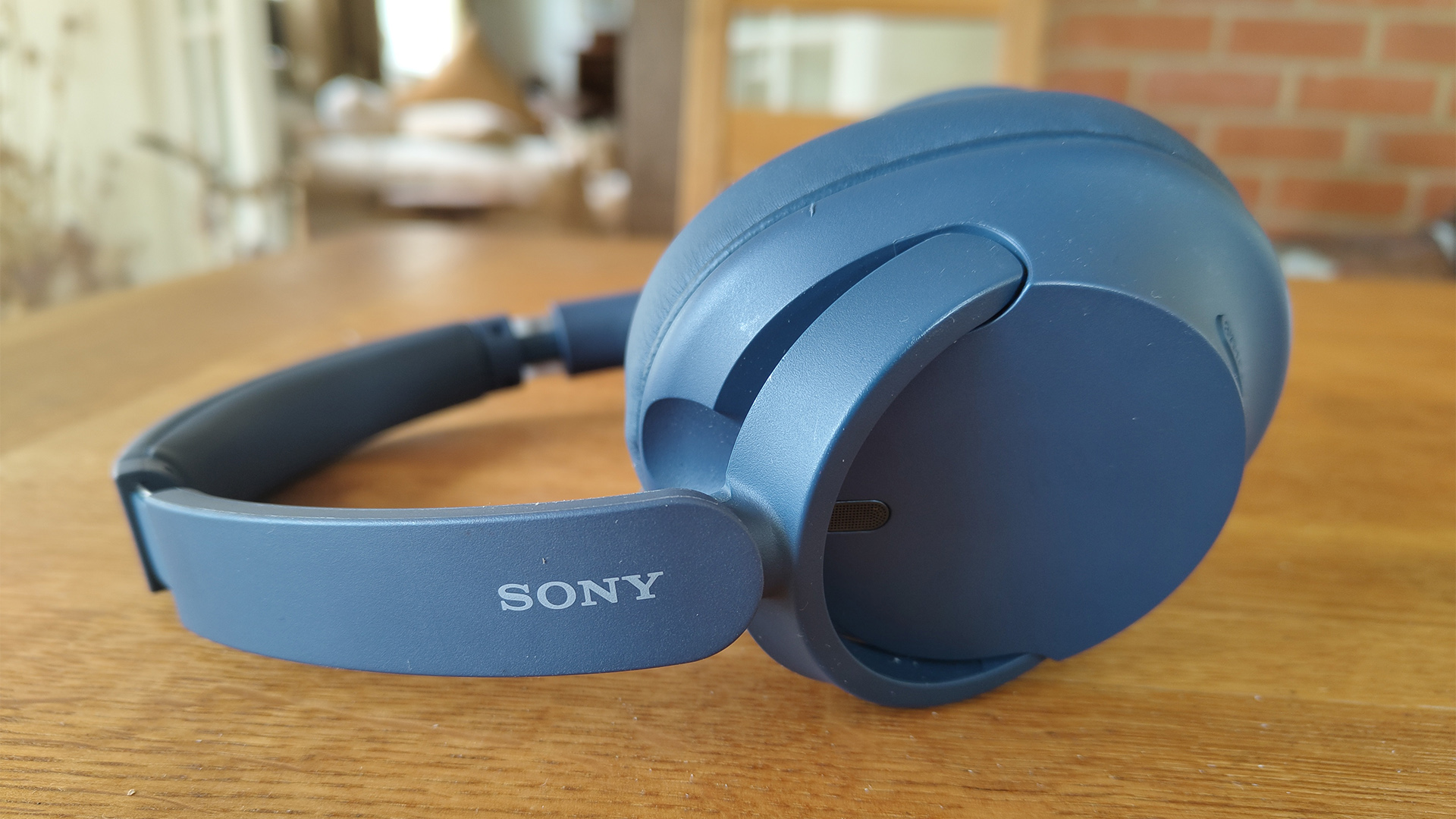
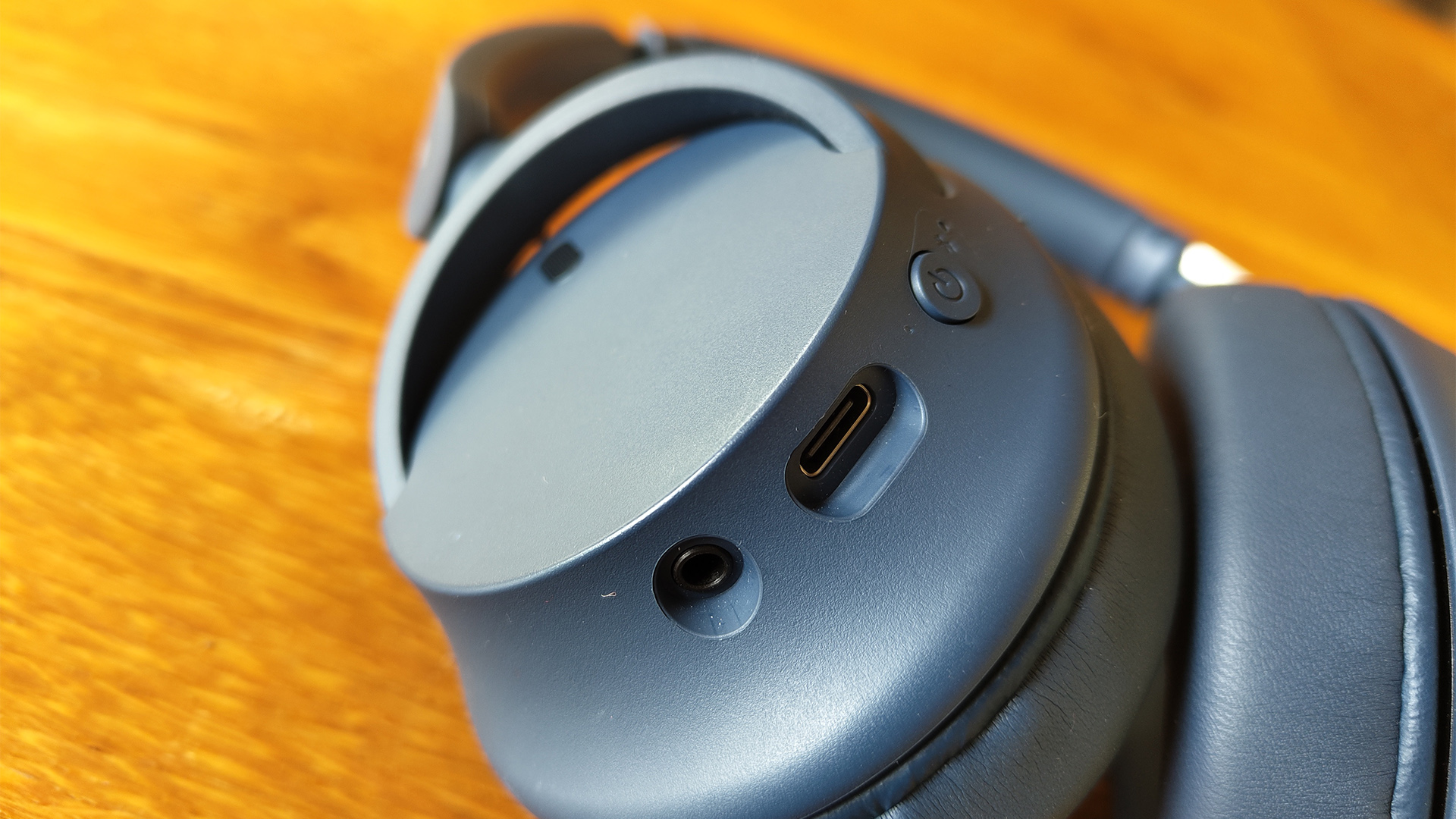
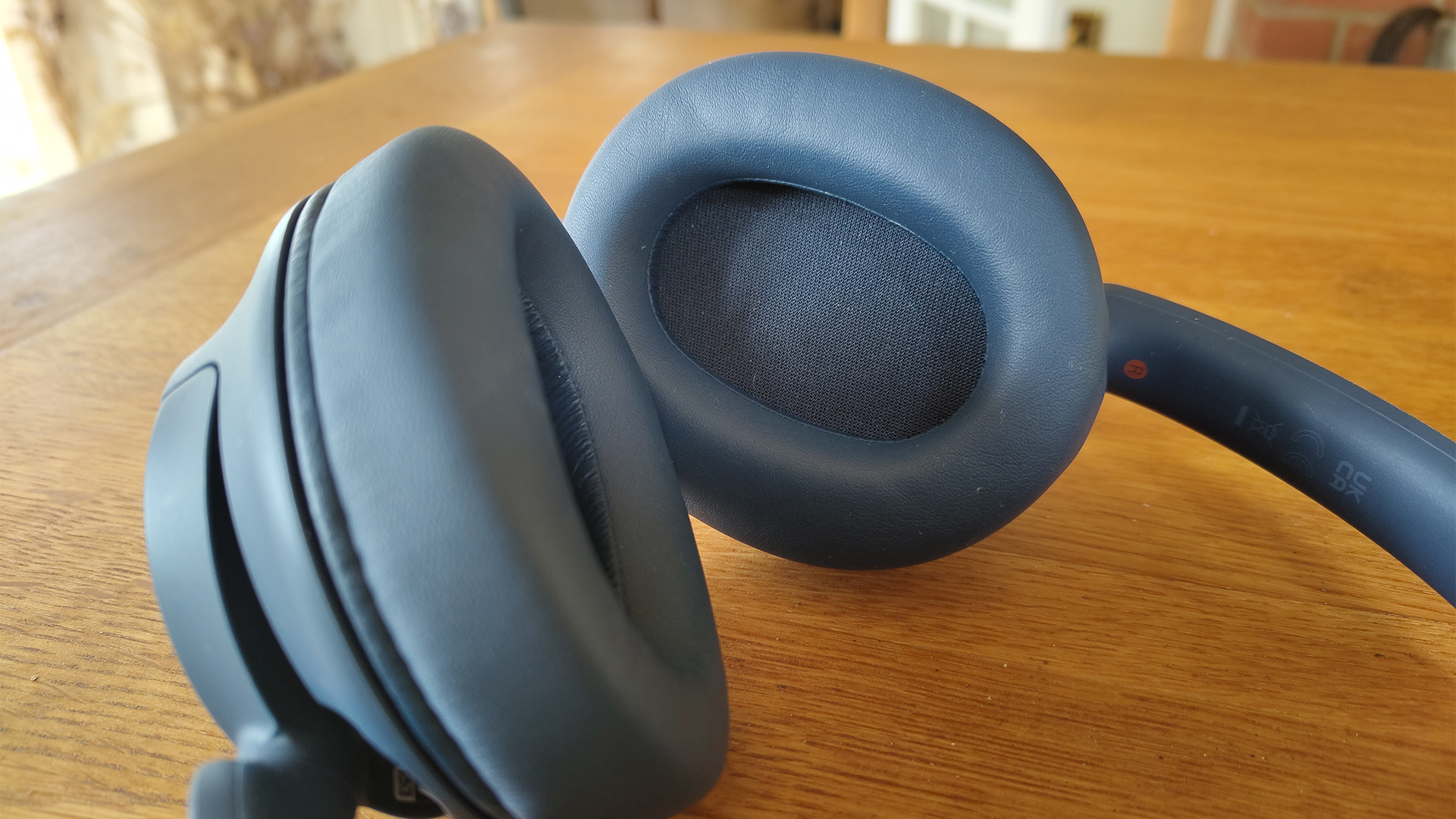
Specifications
Reasons to buy
Reasons to avoid
The Sony WH-CH720N are the best over-ear ANC headphones we’ve tested at this more affordable level and have just scooped their second consecutive What Hi-Fi? Award.
As headphones go, our in-house reviews team was outright gobsmacked by how well they performed, both in our listening rooms and in the real world. Indeed, they matched – and at points, beat – significantly more expensive pairs in many areas.
The navy blue set we tested looked wonderfully unassuming, and while the WH-CH720N don’t fold or come with a carry case, as their more expensive sibling the Sony WH-1000XM6 (above) do, we found them surprisingly comfortable to wear.
Noise-cancelling performance is also excellent. While pricier pairs like Sony's XM5 and the Bose QuietComfort Ultra Headphones offer undeniably more effective ANC, the WH-CH720N did manage to dampen background noise during morning commutes reliably – an achievement most affordable sets fail to manage.
The ANC also didn’t completely eat the WH-CH720N’s battery, with our reviews team generally getting a full week’s use out of them.
As a final perk, they also sound pretty darned good considering their price. With all our test music across multiple genres, the WH-CH720N delivered a confident and enthusiastic performance.
"No shrinking violets, they imbue their musical cargo with heft and conviction, operating on the front foot in delivering an immediate, assertive sound with an emphasis on forceful, burly bass," we noted in our WH-CH720N review.
Our only minor qualm is that on a few occasions, the Sonys could deliver excessive bass, but at this price that’s hardly a deal breaker, and you can always adjust the balance in the companion app.
In fact, if you like lots of bass and your budget sits somewhere between the WH-CH720N and XM5, you might want to check out Sony's brand-new, bass-boosted ULT Wear headphones.
Competition comparison
At this price, we haven't found another noise-cancelling pair that comes close to the WH-CH720N's all-round appeal. But if you want greater choice at the budget end of the market, check out our dedicated page for the best cheap noise-cancelling headphones. Alternatively, if you can go without ANC functionality, the Award-winning Austrian Audio Hi-X25BT sound better and don't cost much more.
Read our Sony WH-CH720N review
Best Bose noise-cancelling headphones
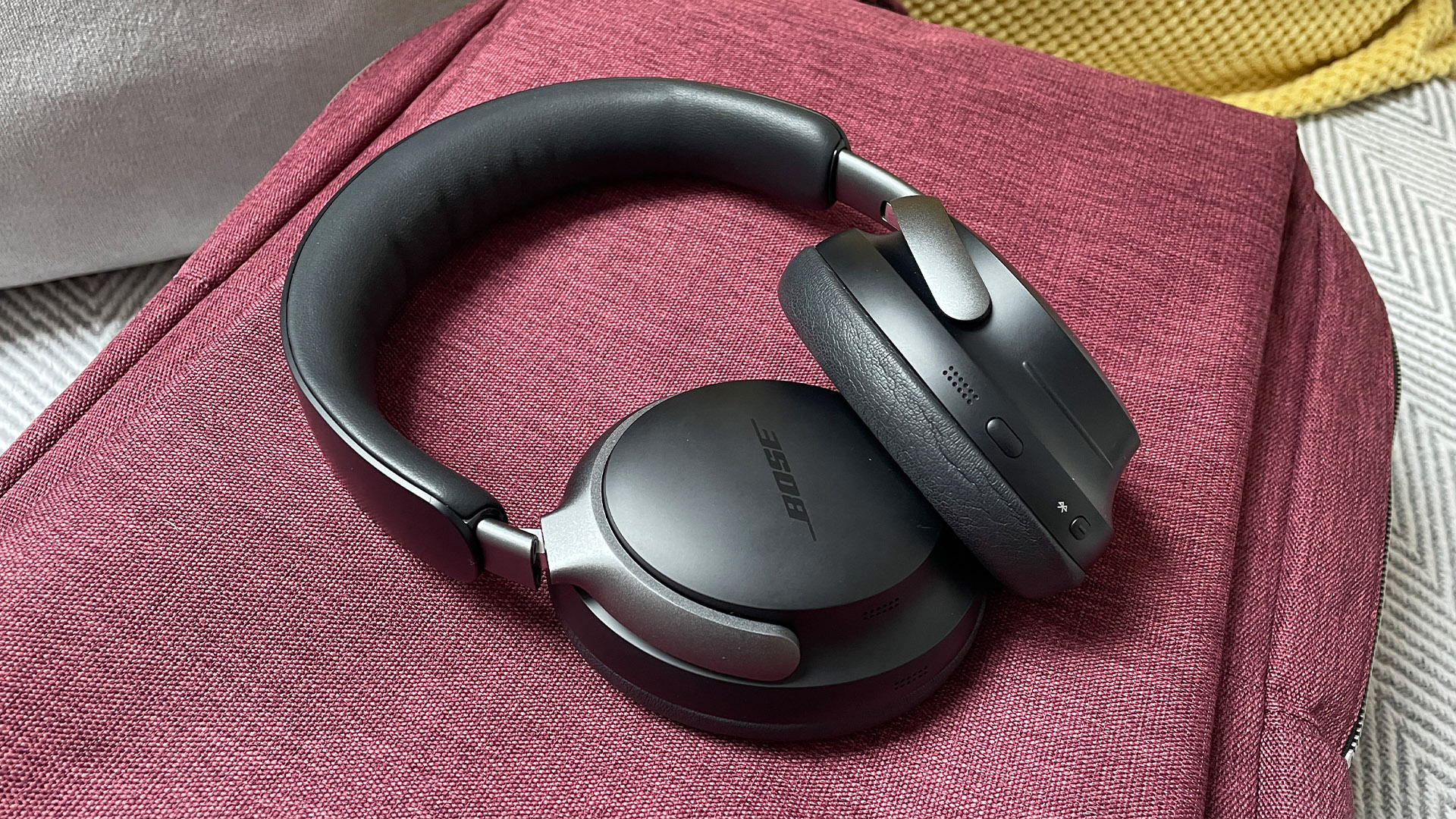
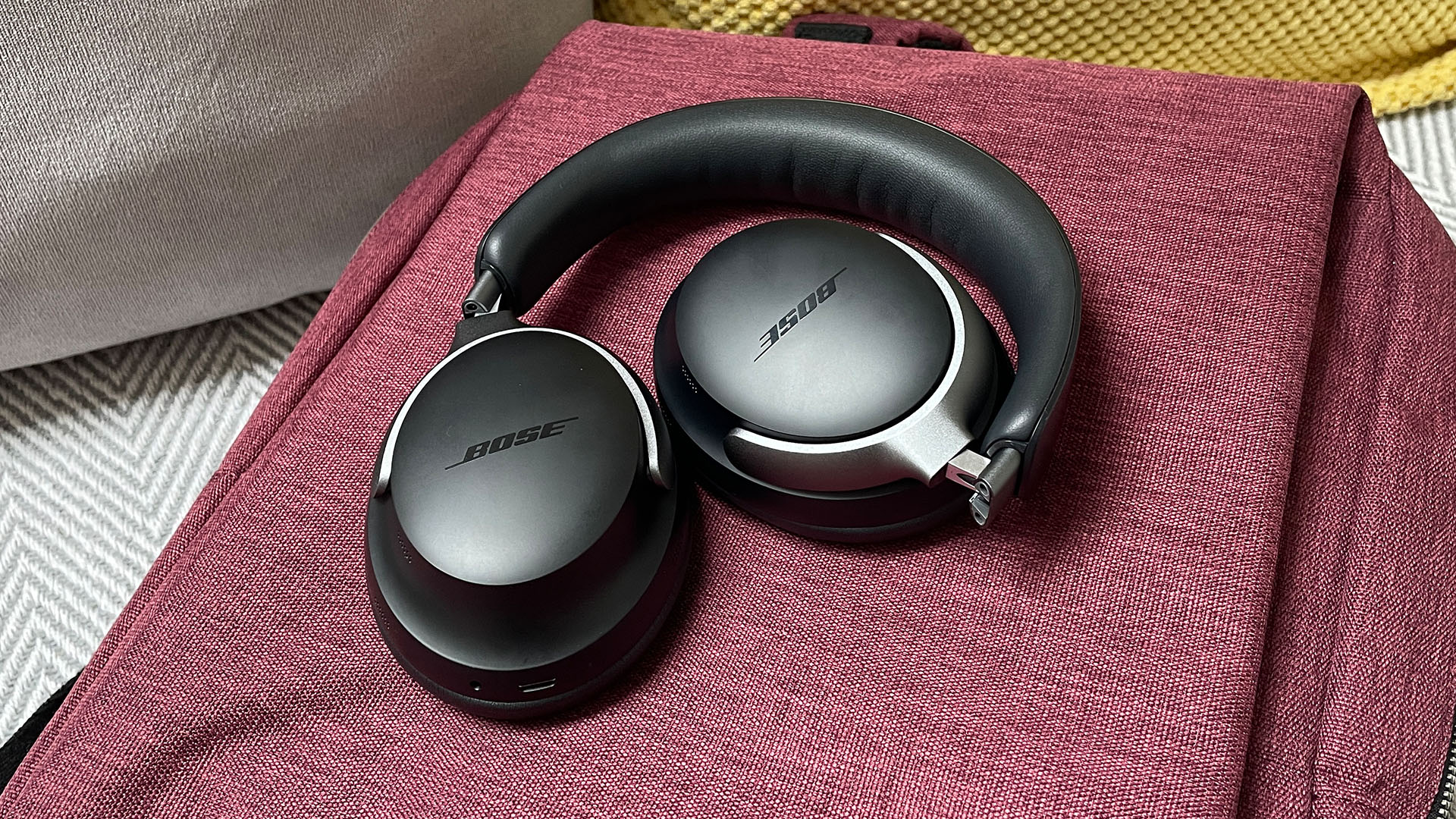
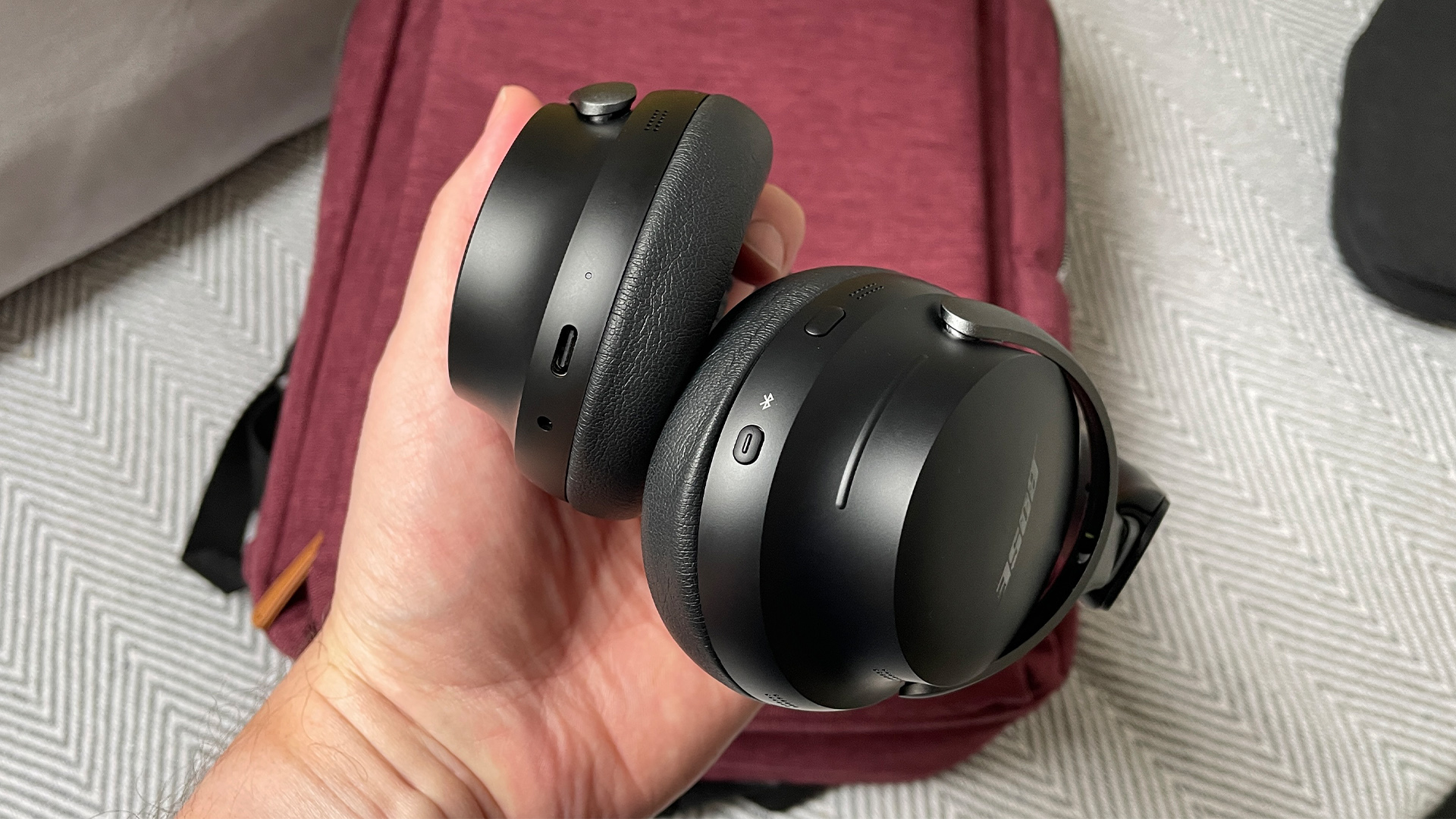
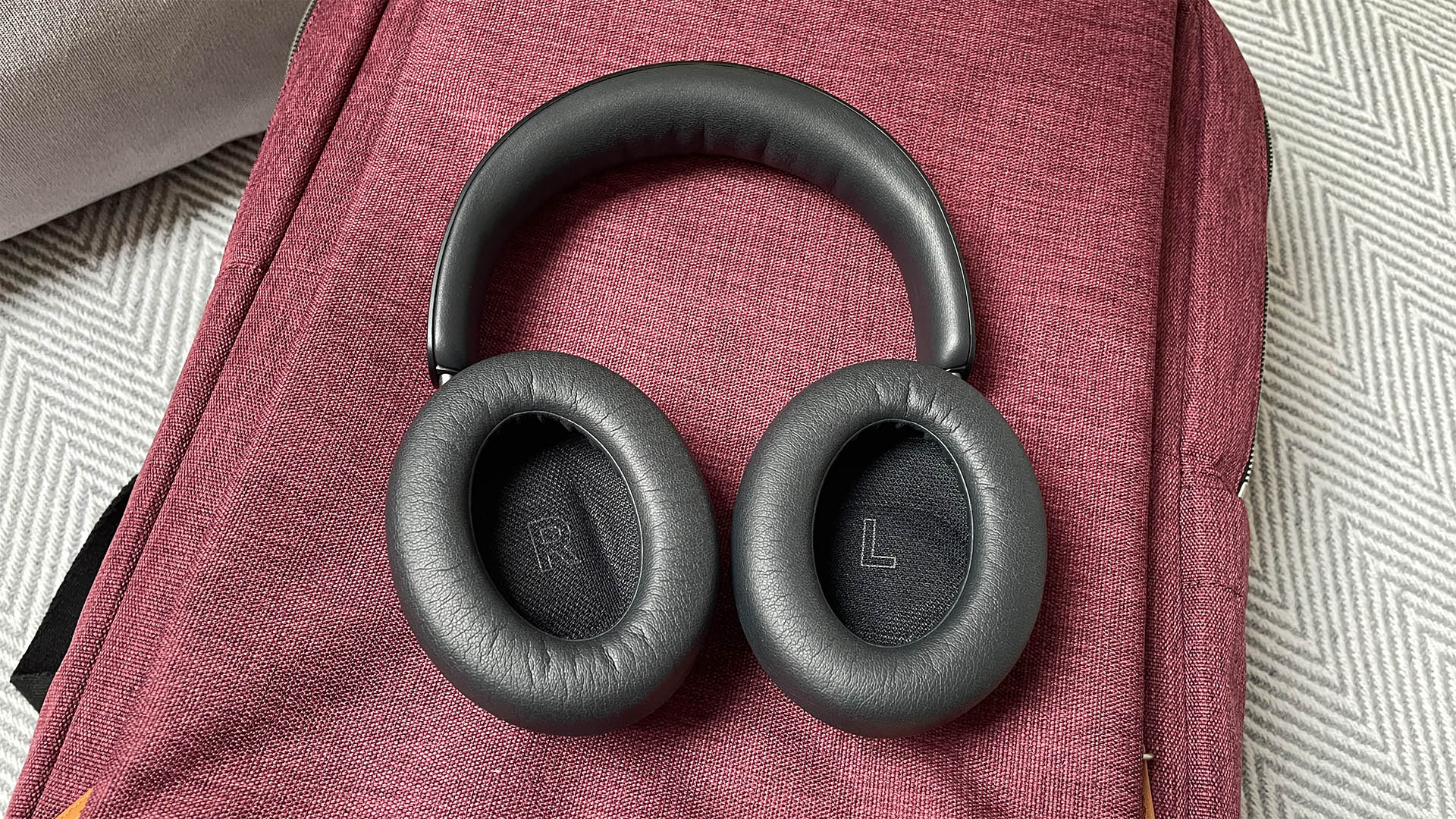
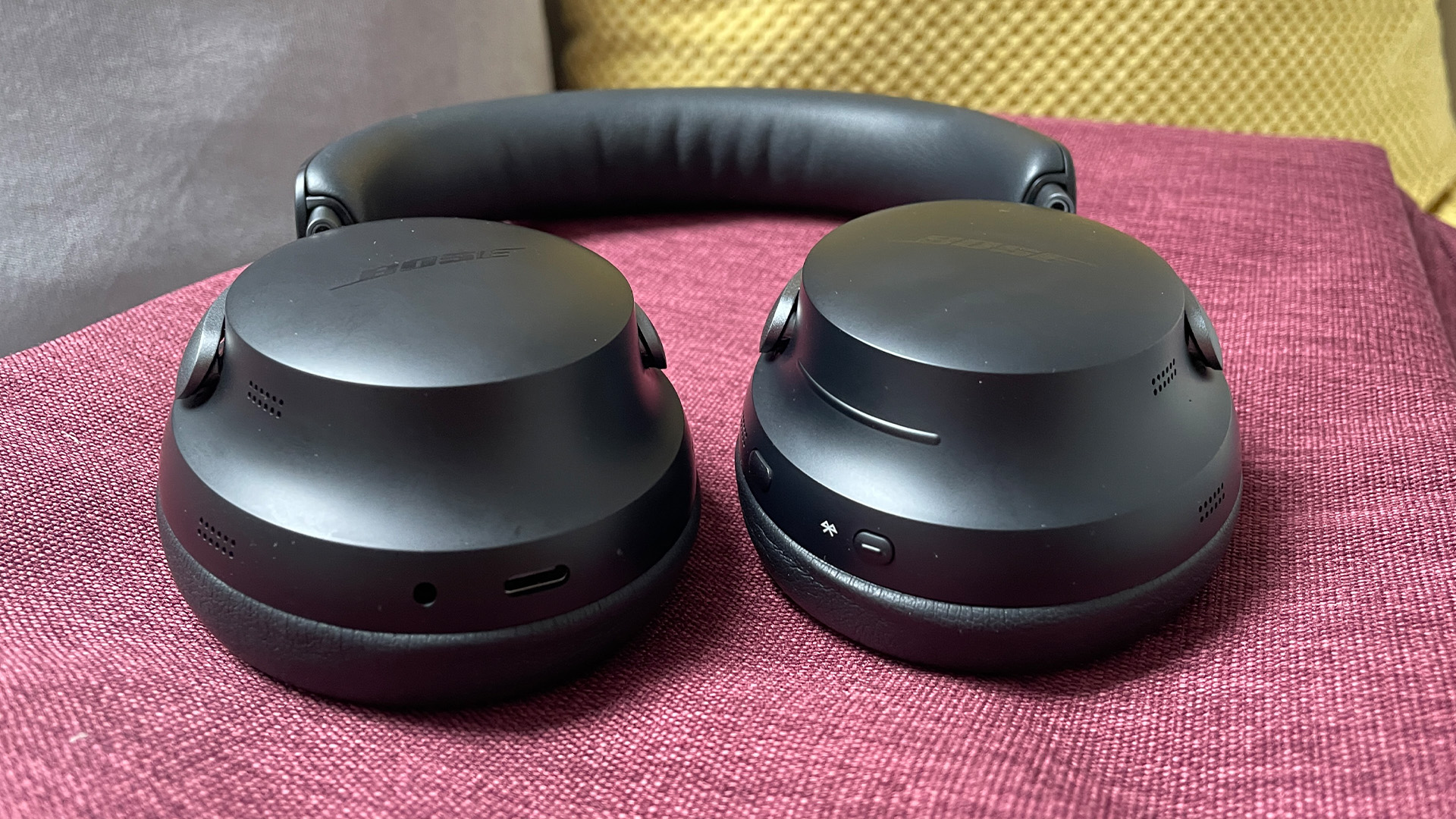
Specifications
Reasons to buy
Reasons to avoid
Bose’s latest flagship over-ear headphones, released in October 2023, were a long time coming. Their predecessors, the now discontinued Noise-Cancelling Headphones 700, arrived way back in 2019 and their age was beginning to show.
But the wait paid off. The new-era Ultra not only sport next-level noise-cancelling that rivals the Sony WH-1000XM6's abilities but also deliver highly competitive sound that is as informative as it is entertaining.
The headline feature is Bose’s Immersive Audio technology, which is basically its take on spatial audio (a 3D audio effect Apple debuted in its AirPods Max).
The general feeling during our review team's testing is that it works well for some tracks (and sounds better through the Ultra over-ears than the company's QuietComfort Ultra Earbuds) but can also sound off with others.
Make no mistake, everything else with the design absolutely lands. In our reviews team's initial weeks of testing, the Ultra did what Bose headphones do best: block sound remarkably well, "dramatically reducing background rumbles while out walking, and the sound of the London Underground during our daily commute", to borrow a quote from our QuietComfort Ultra review.
A bonus: Bose’s CustomTune calibration automatically – and effectively – optimises the noise-cancelling effect to match your surroundings, so it'll intensify or be subtle when required.
In terms of sound quality, the Bose also prove their worth. We haven’t heard a pair of Bose over-ears sound as entertaining or refined for quite some time. "Highs and lows are painted with a sense of richness and refinement which we think will be hugely appealing to potential buyers," our experts said.
Competition comparison
The AirPods Max are the best wireless headphones Apple users can buy for their iOS connectivity and Apple-centric features, while those with a little extra cash to splash should consider our audiophile pick below.
But our number one pick would be the Sony XM6, which come exceptionally close to the Bose's noise-blocking ability (they aren't perhaps as intense in blocking sound but are arguably equally effective and more natural with it), while they also sound notably better.
Read our full Bose QuietComfort Ultra Headphones review
See how they compare: Bose QC Ultra Headphones vs Sony WH-1000XM6
Best audiophile noise-cancelling headphones
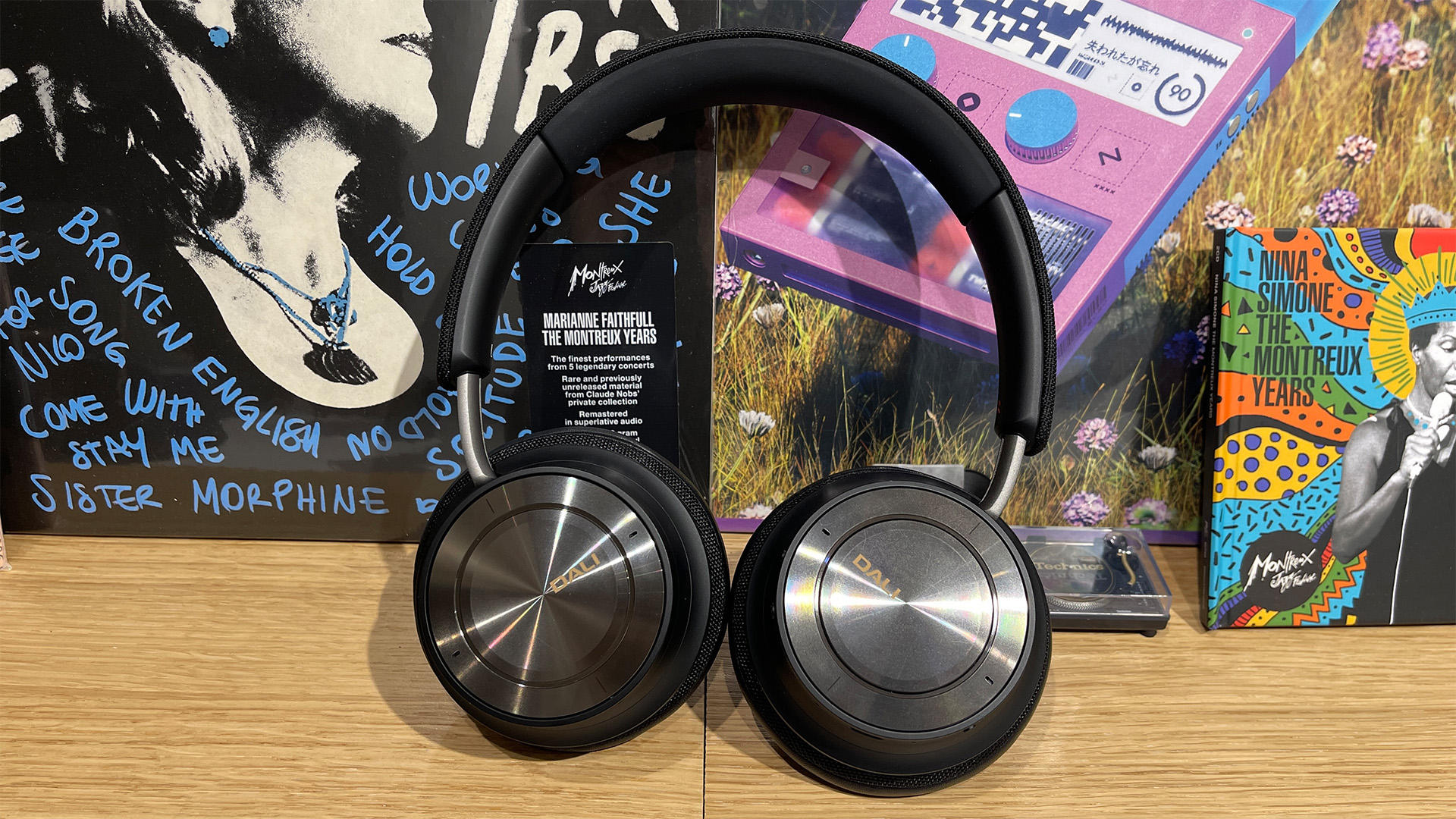
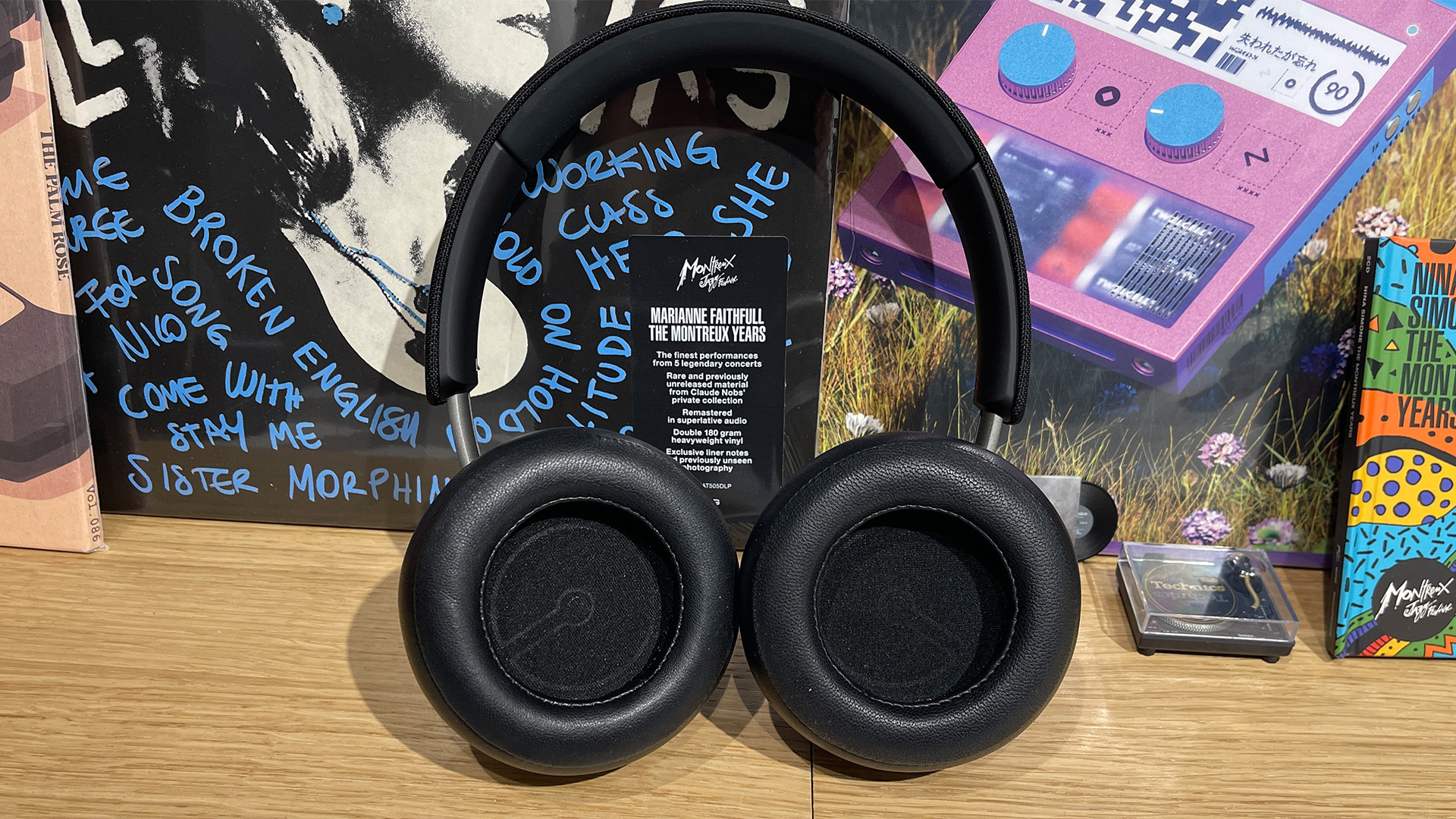
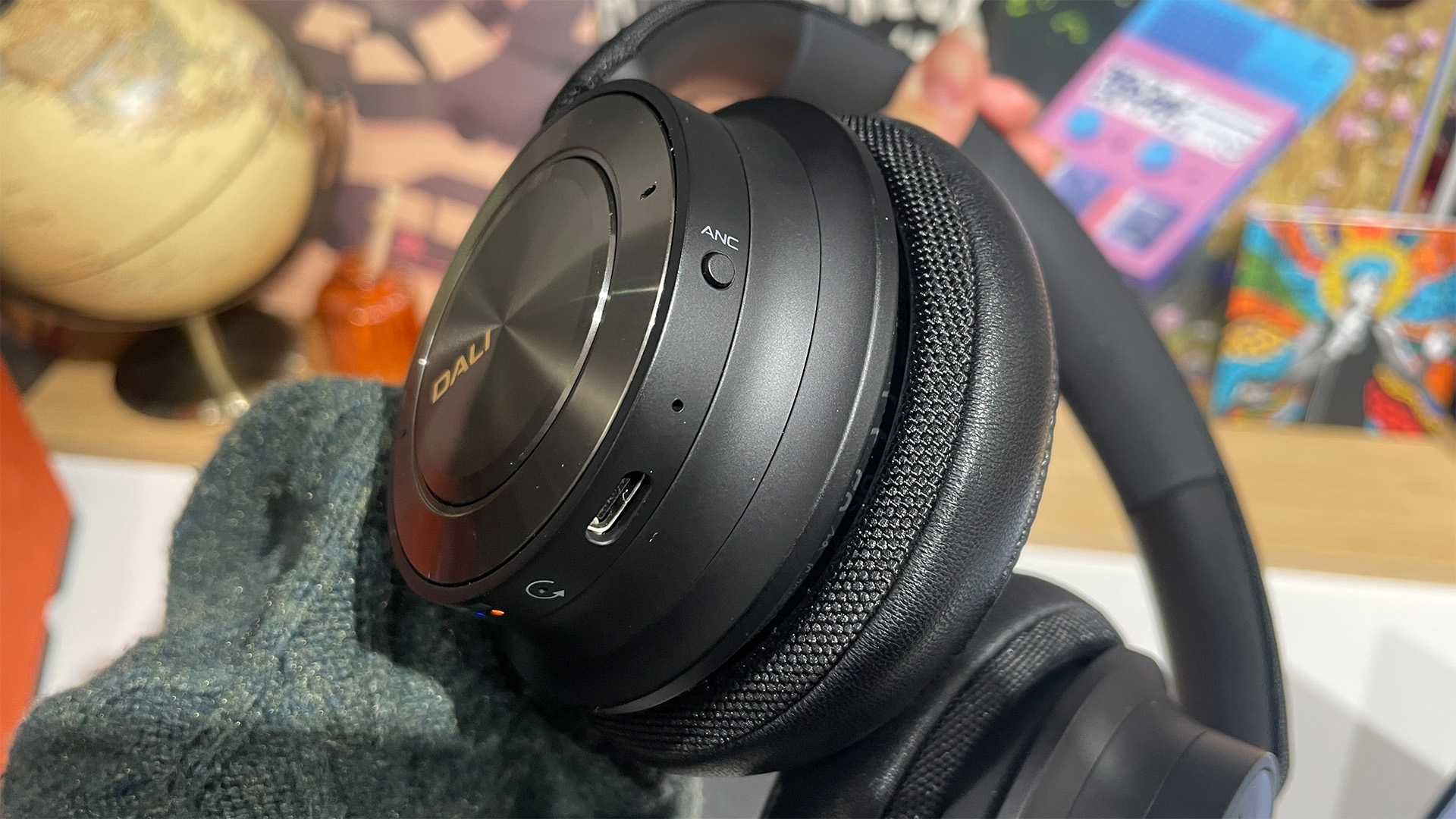
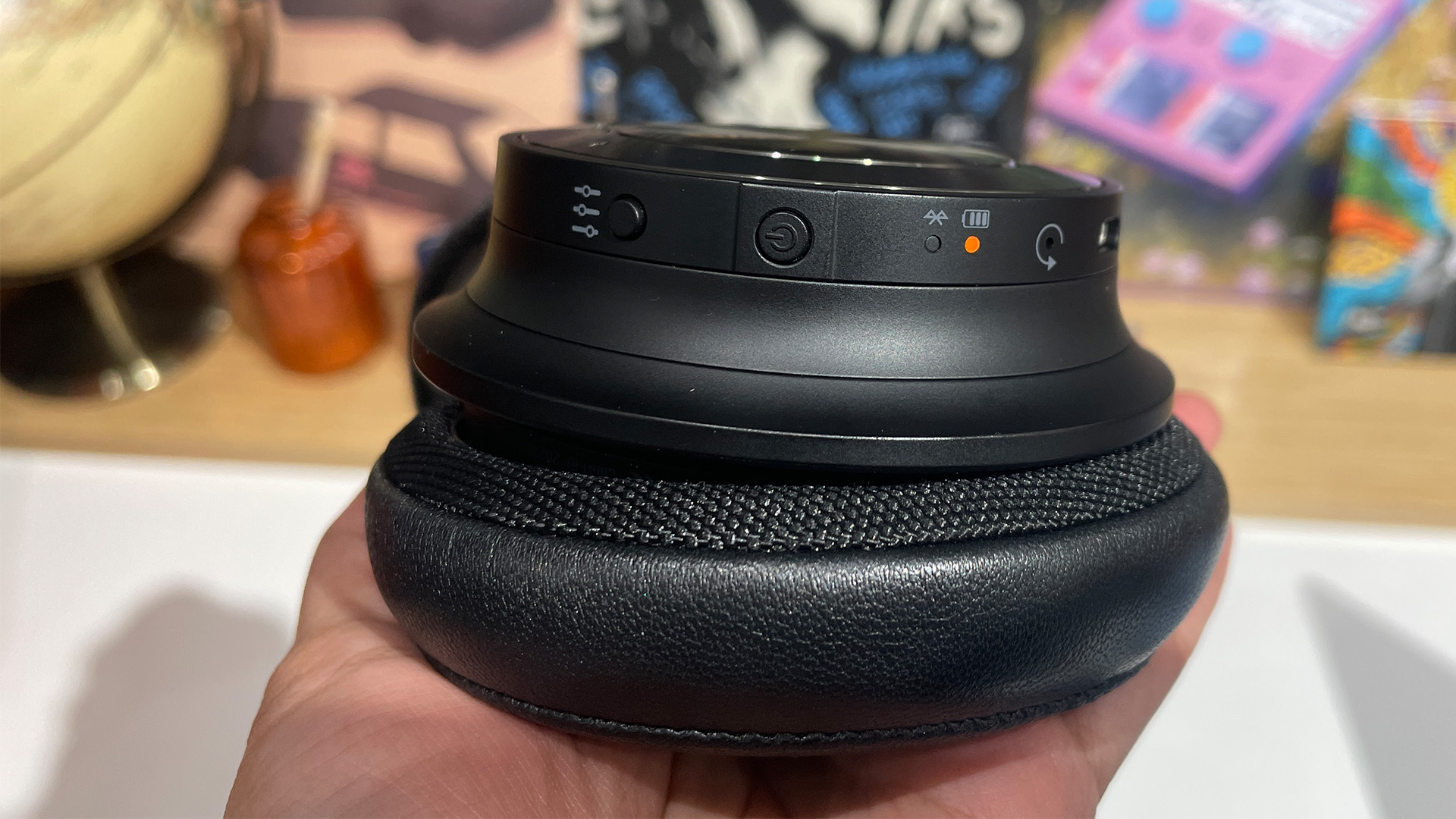
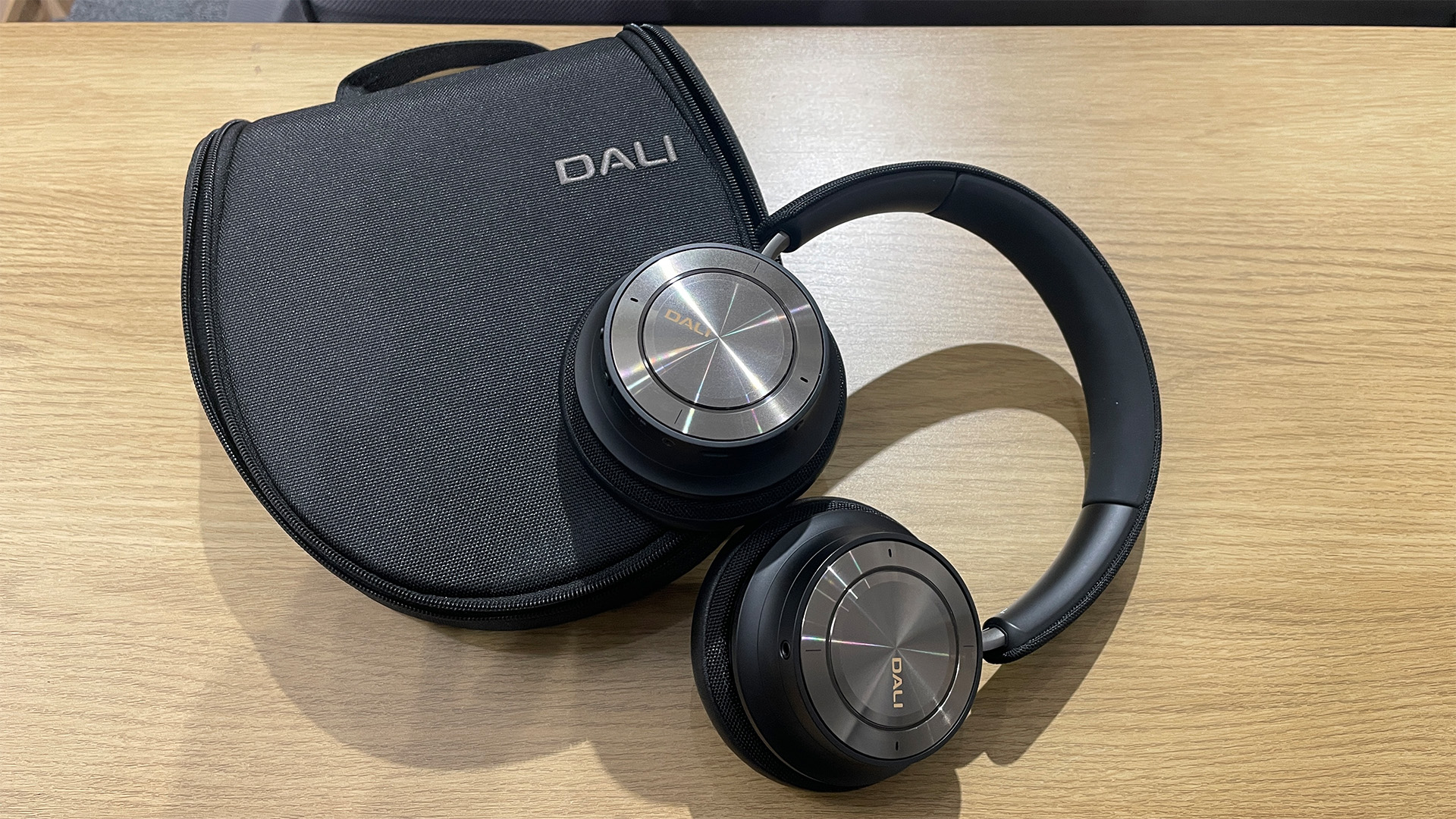
Specifications
Reasons to buy
Reasons to avoid
There isn't a shortage of competition at this price level, despite how exorbitant some may find it. You have the Mark Levinson No.5909, which sat in this spot previously.
Then there's the Bowers & Wilkins Px8 and Focal Bathys in our Also Consider list below, plus the AirPods Max above. But rising above them all are the Dali IO-8, which set the benchmark for not only sound quality but also noise-cancelling performance and premium build.
While the Bose QuietComfort Ultra (above) still block out sound more intensely than any other pair we've heard, the Dalis do the job better than most, reducing train and bus noises on our daily commute without giving you that unpleasant ‘suck-out’ feel.
They sound more musical and expressive, too. "They have plenty of punch, but it is also balanced by control and composure," reads our IO-8 review. "When it comes to rhythmic drive and dynamics in general, we have heard little at this level that can worry the IO-8."
Elsewhere, the IO-8's features satisfy the price point, with aptX Adaptive Bluetooth support and a 30-hour battery life (with ANC on; 34 hours with ANC off) – there's no companion app, though.
They are comfortable for the most part, with a sensibly shaped headband and nicely judged padding on the earcups, although note that larger ears may not get onboard with the circular (as opposed to oblong) earpads.
We even love the build quality. "They are nicely made and use a classy mix of metal, textile and high-quality leather to give a solid aura of luxury," noted our in-house reviews team.
Competition comparison
Again, the stylish B&W Px7 S3 have excellent sound and a lovely build, but their noise cancelling capabilities aren't up to snuff when compared with the IO-8.
Read our full Dali IO-8 review
Best cheap noise-cancelling earbuds
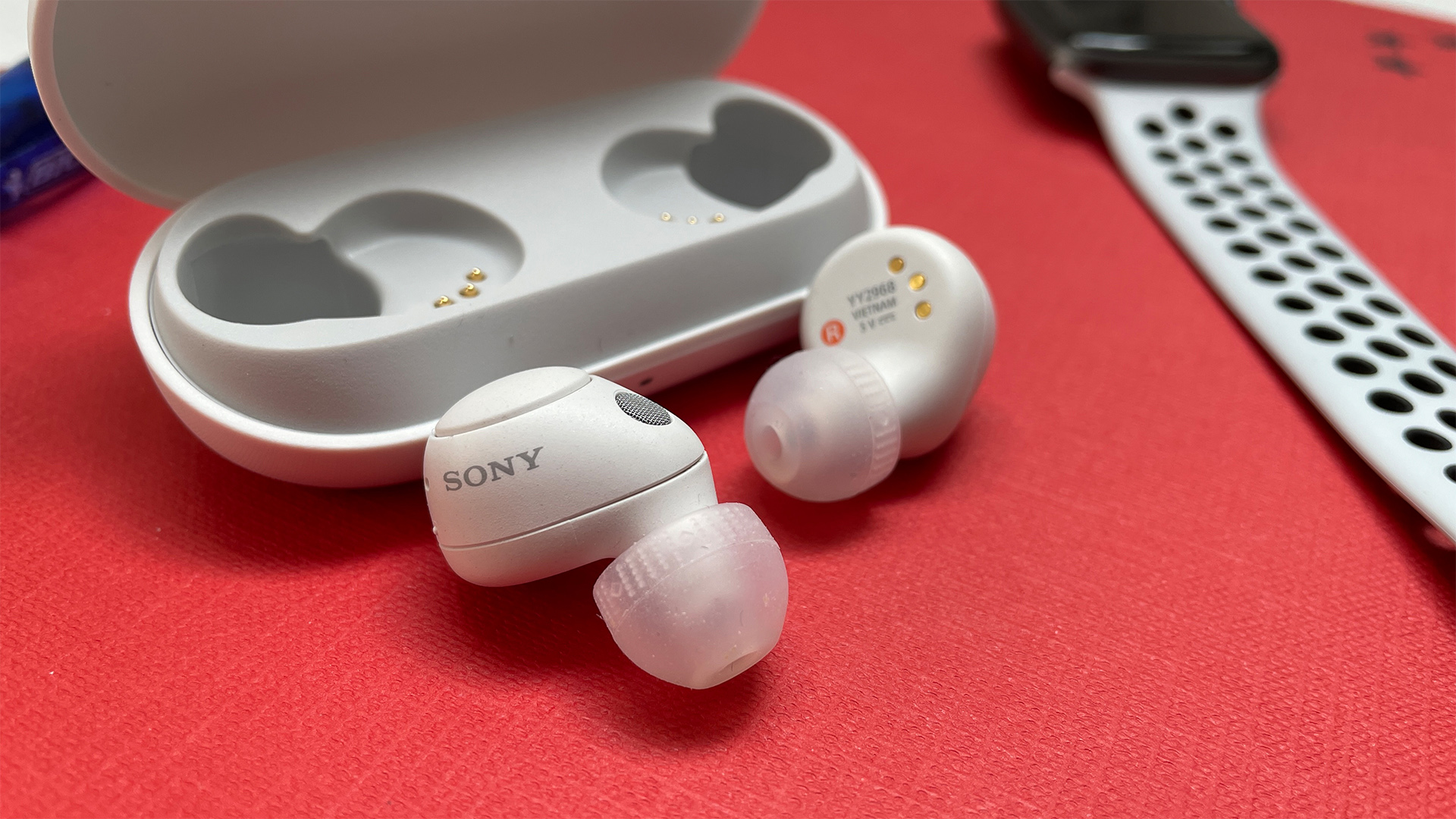

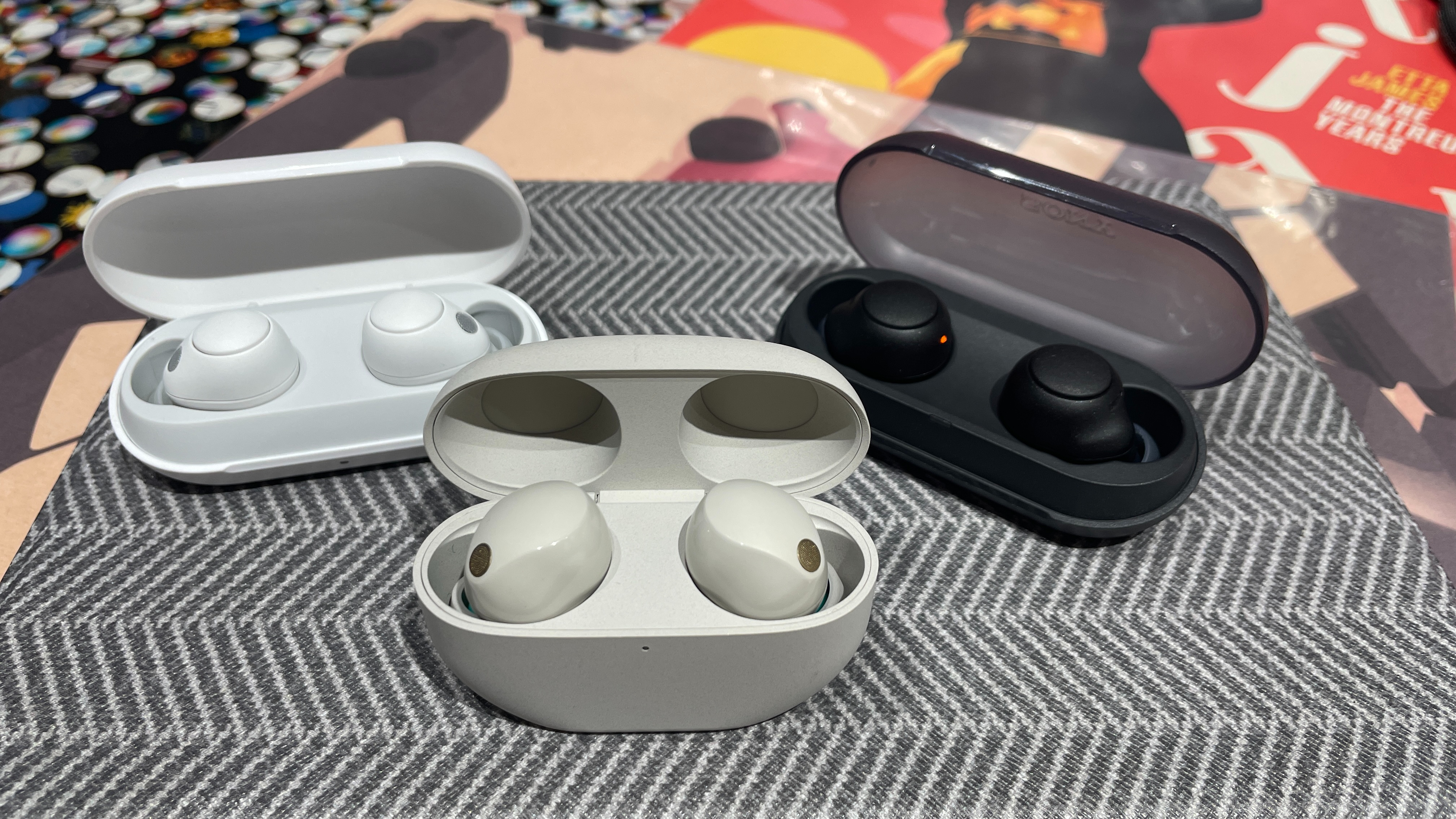
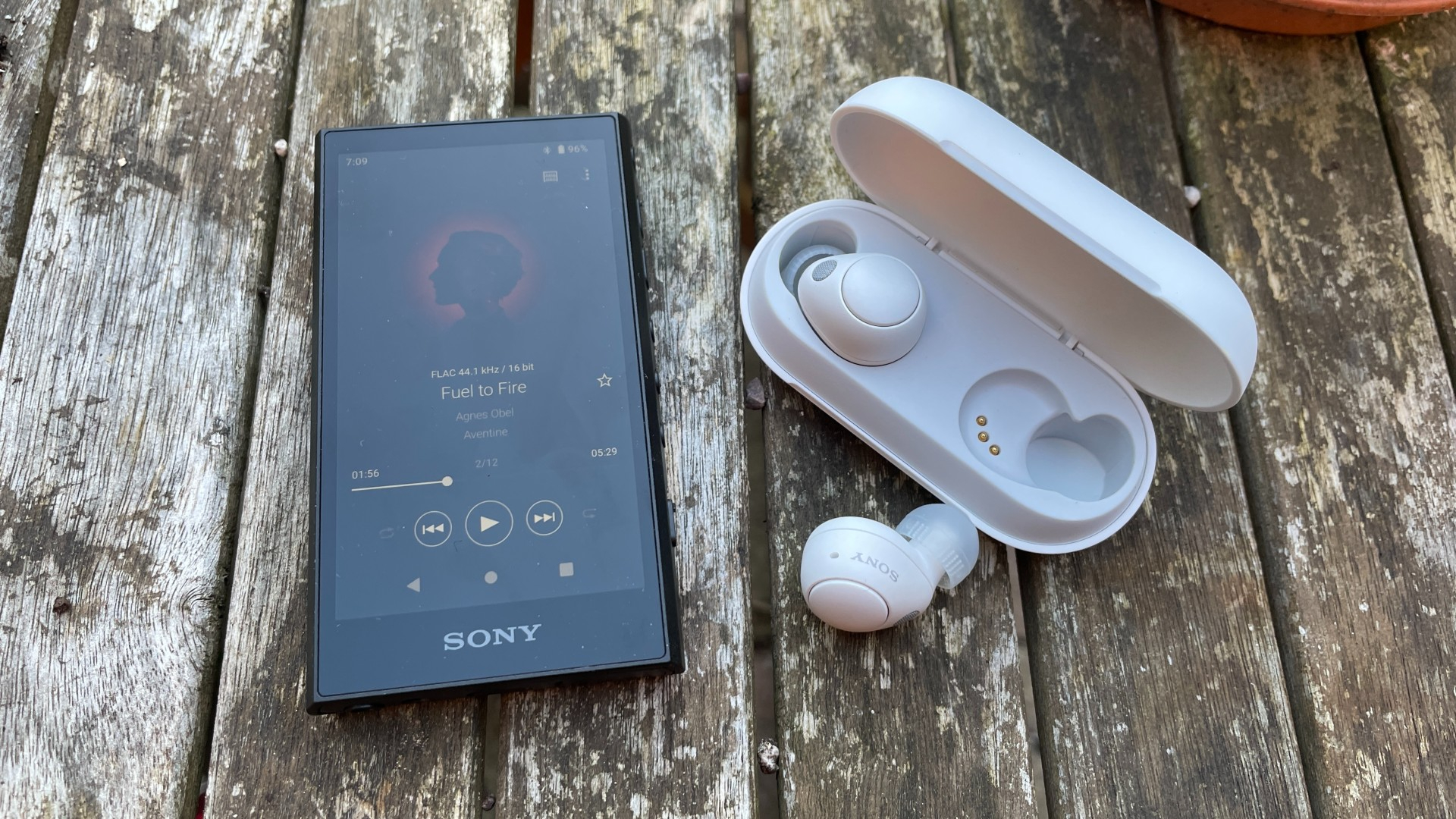
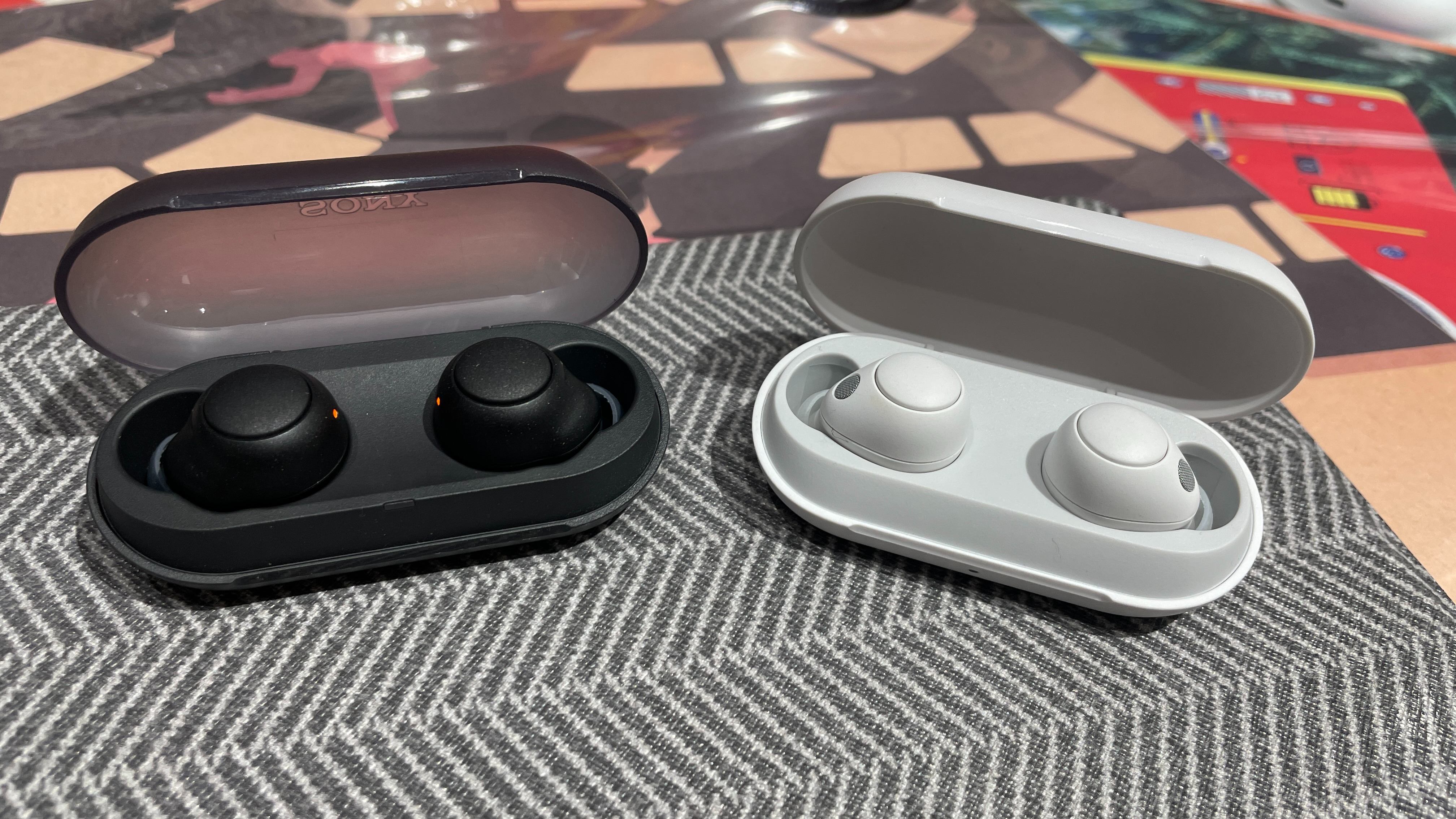
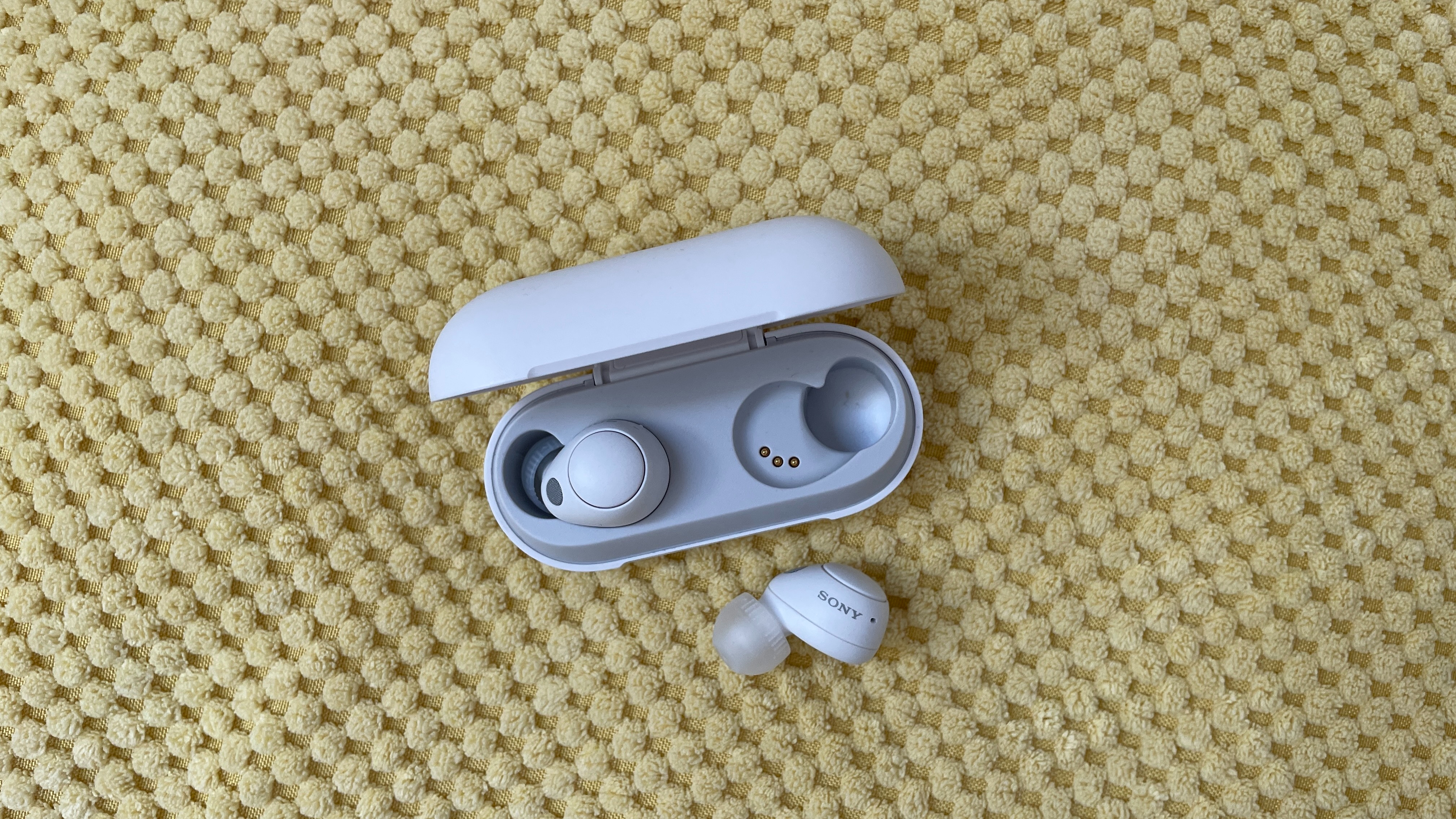
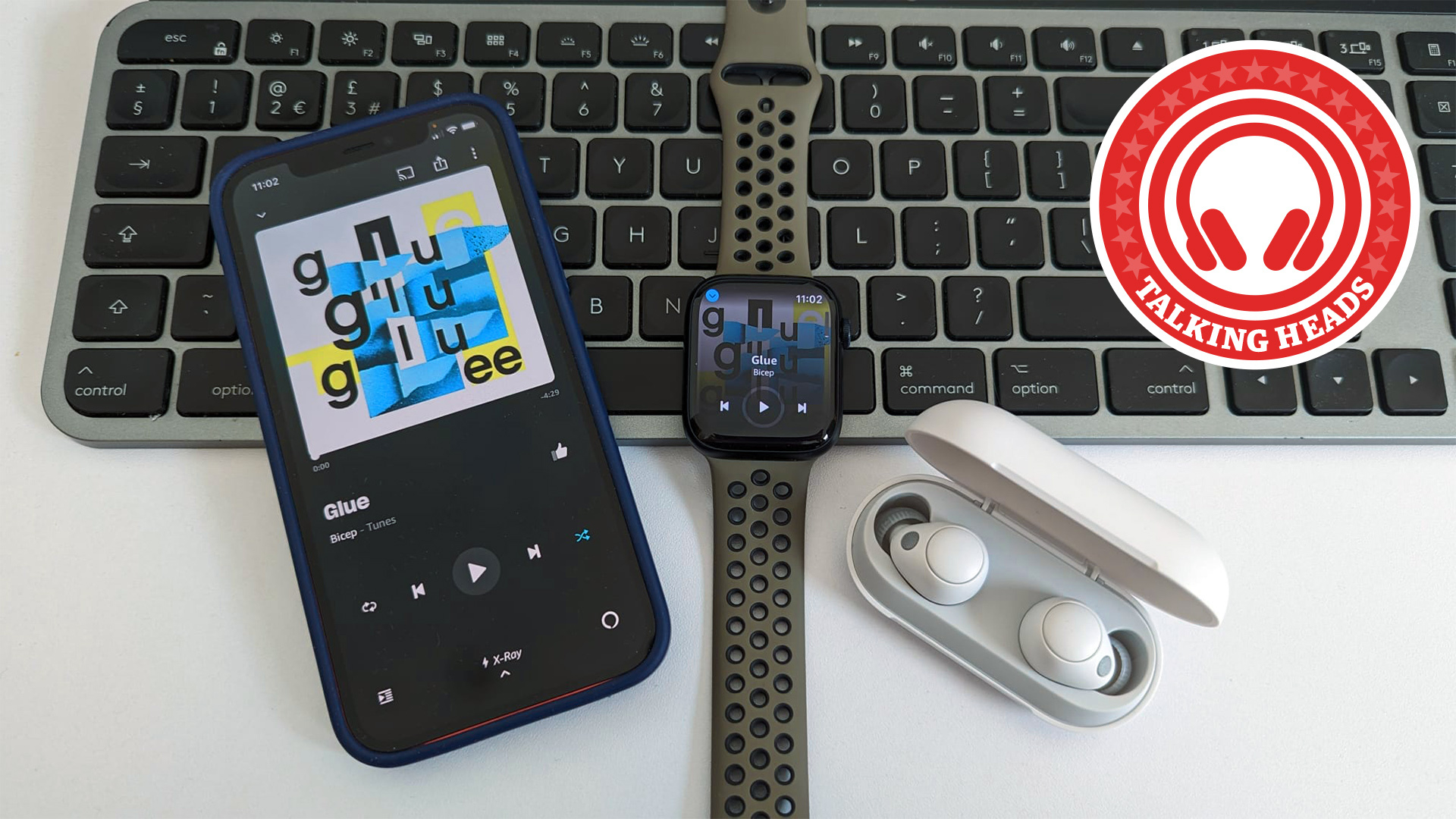
Specifications
Reasons to buy
Reasons to avoid
Looking for the best noise-cancelling earbuds as opposed to over-ears? Sony's excellent value WF-C710N slot neatly between its budget (non-noise-cancelling) WF-C510 and flagship (noise-cancelling) WF-1000XM5, both of which feature on our list of the best wireless earbuds overall.
They succeed the WF-C700N, which took home the wireless headphone category's prestigious Product of the Year trophy at the What Hi-Fi? Awards last November. And despite being chunkier than their predecessors, the WF-C710N offer improvements in many aspects.
Firstly, the new model has touch controls, which our reviews team got on well with: "The slightly concave touch-sensitive surface seems to help guide our finger into place, and the controls are responsive to our tapping," reads our WF-C710N review.
They also have an extra microphone for improved active noise cancelling, which add to what is an impressive sound-blocking effect – although you'll get next-level ANC from premium earbuds such as Sony's own flagship XM5.
Sony's mid-range buds do lack high-quality aptX HD and LDAC Bluetooth codec support, but that's not the end of the world at this price point. Auto pause and wear detection are new for the WF-C710N, so you can take an earbud out, and your music will stop and start again when it’s put back. Sony has squeezed more battery life out of this new design, too.
What is much more important, however, is that they entertain – which they do.
Sony's knack for a sound profile that feels energetic yet nuanced and well-balanced is fully on display here; "The Sony WF-C710N have some huge shoes to fill sonically and, somehow, Sony has managed to up the performance levels, our reviewers note. They extract a fantastic amount of detail for the money. You also get Sony’s trademark musicality in spades."
Ultimately, they are a very musical listen for the money and a clear sonic step up from the cheaper WF-C510, so you aren't just paying extra for ANC and a few added features. The superb sound and great feature set make these easy to recommend as some of the best Sony headphones available.
Competition comparison
We haven't come across a pair of ANC earbuds around this price tag that comes close to the Sony WF-C700N. The rival JBL Live Beam 3 offer equally effective ANC and sport a unique charging case, but they don't sound nearly as good.
Both pairs of noise-cancelling AirPods, the AirPods 4 with ANC and AirPods Pro 2, cost at least twice as much.
Read our full Sony WF-C710N review

I haven't come across a pair of wireless earbuds that offers this much value for money since, well, their predecessors arrived in 2023. They sound musical, mature, refined and detailed, and also boast impressive levels of comfort, 8.5 hours of battery life, a rechargeable carry case and, of course, that all-important noise-cancelling functionality.
Best premium noise-cancelling earbuds
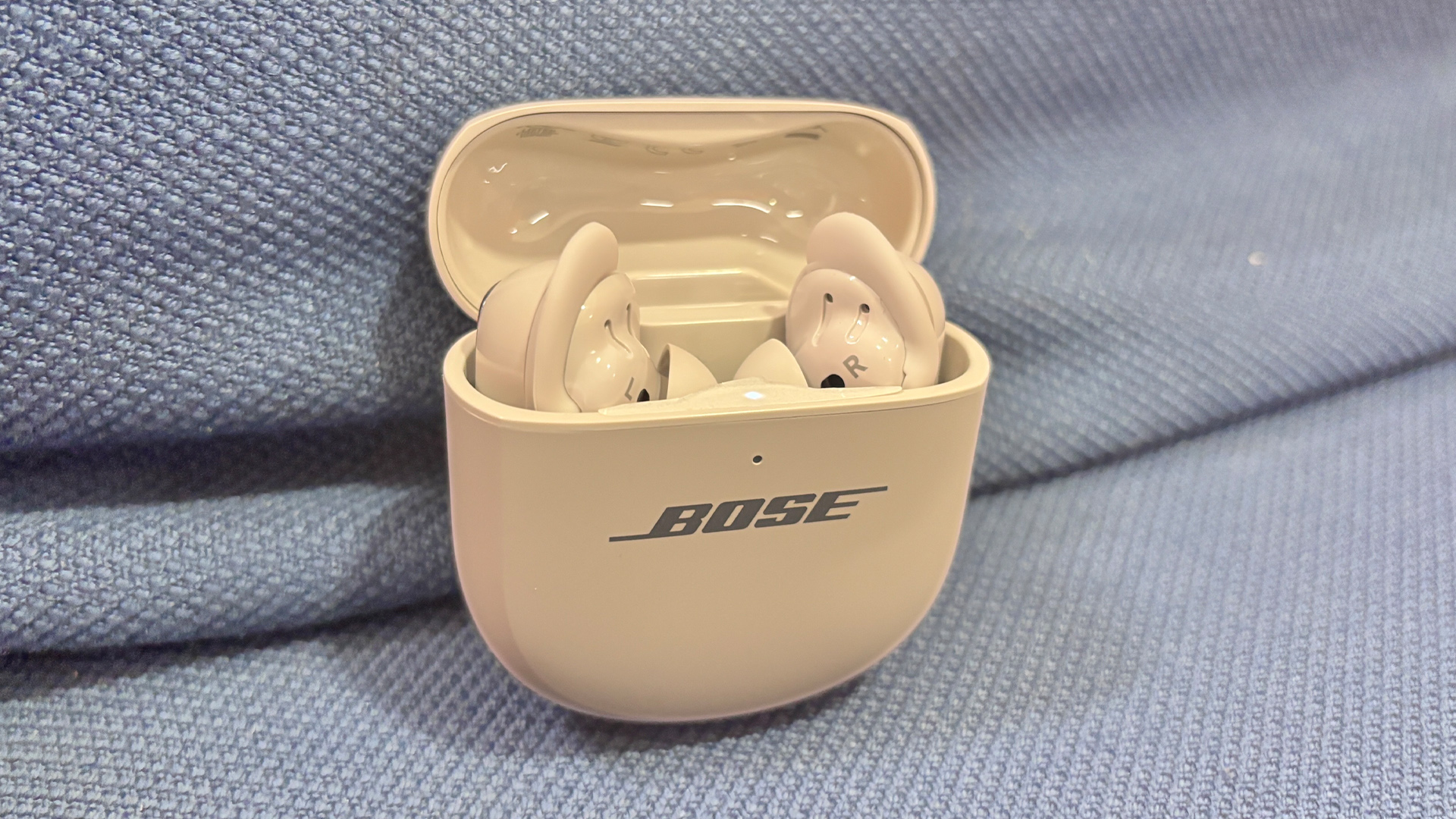
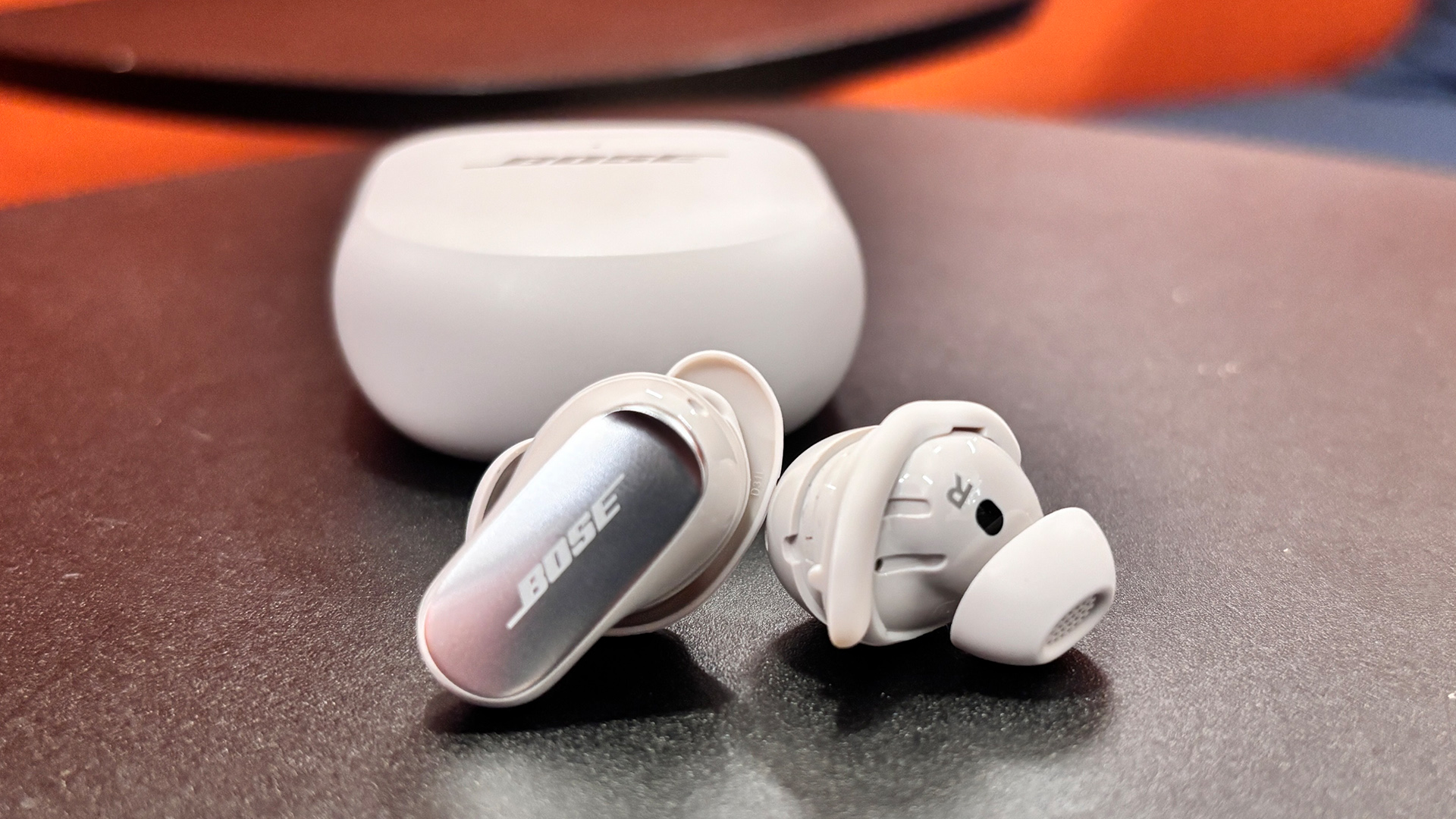
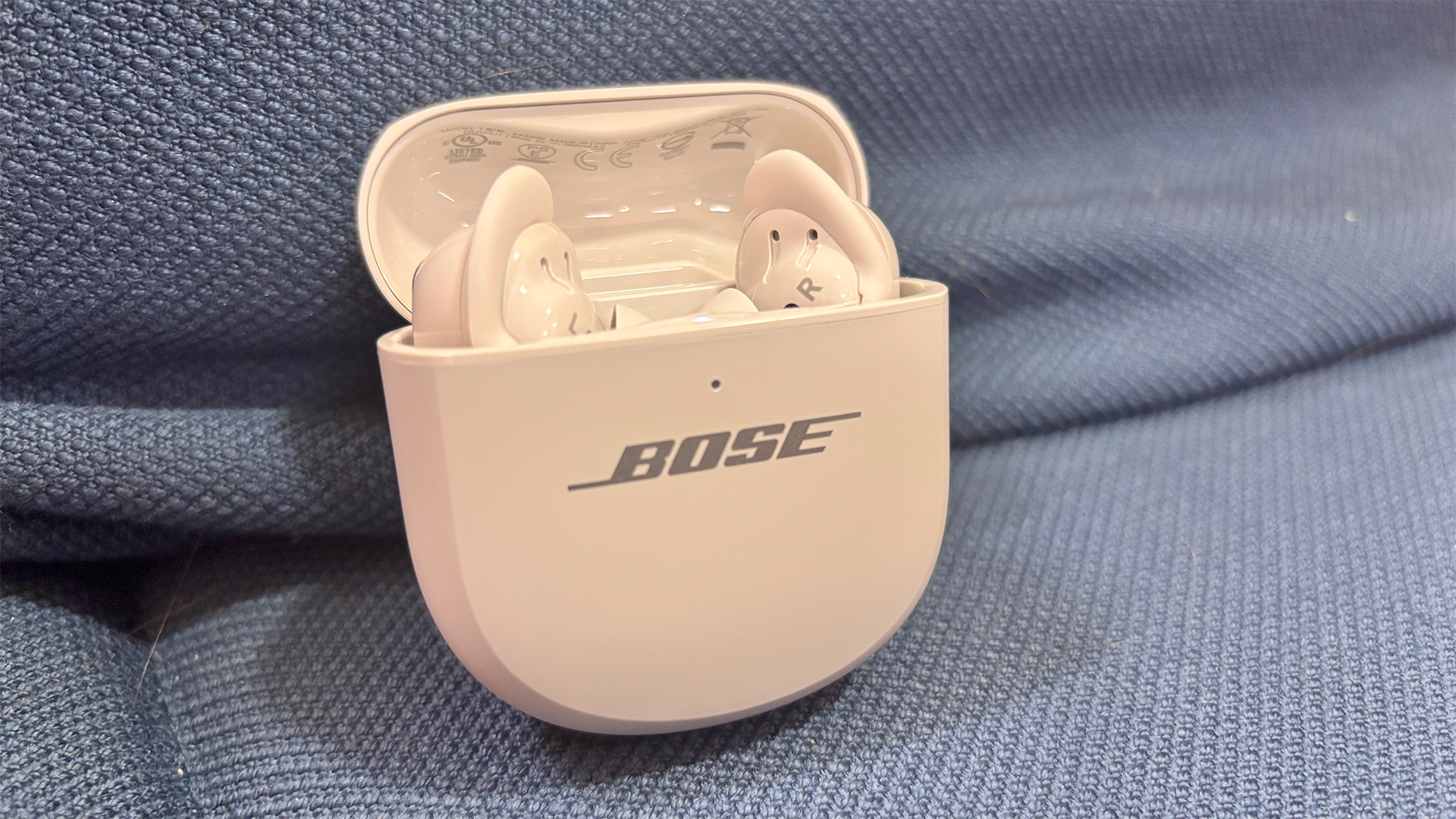

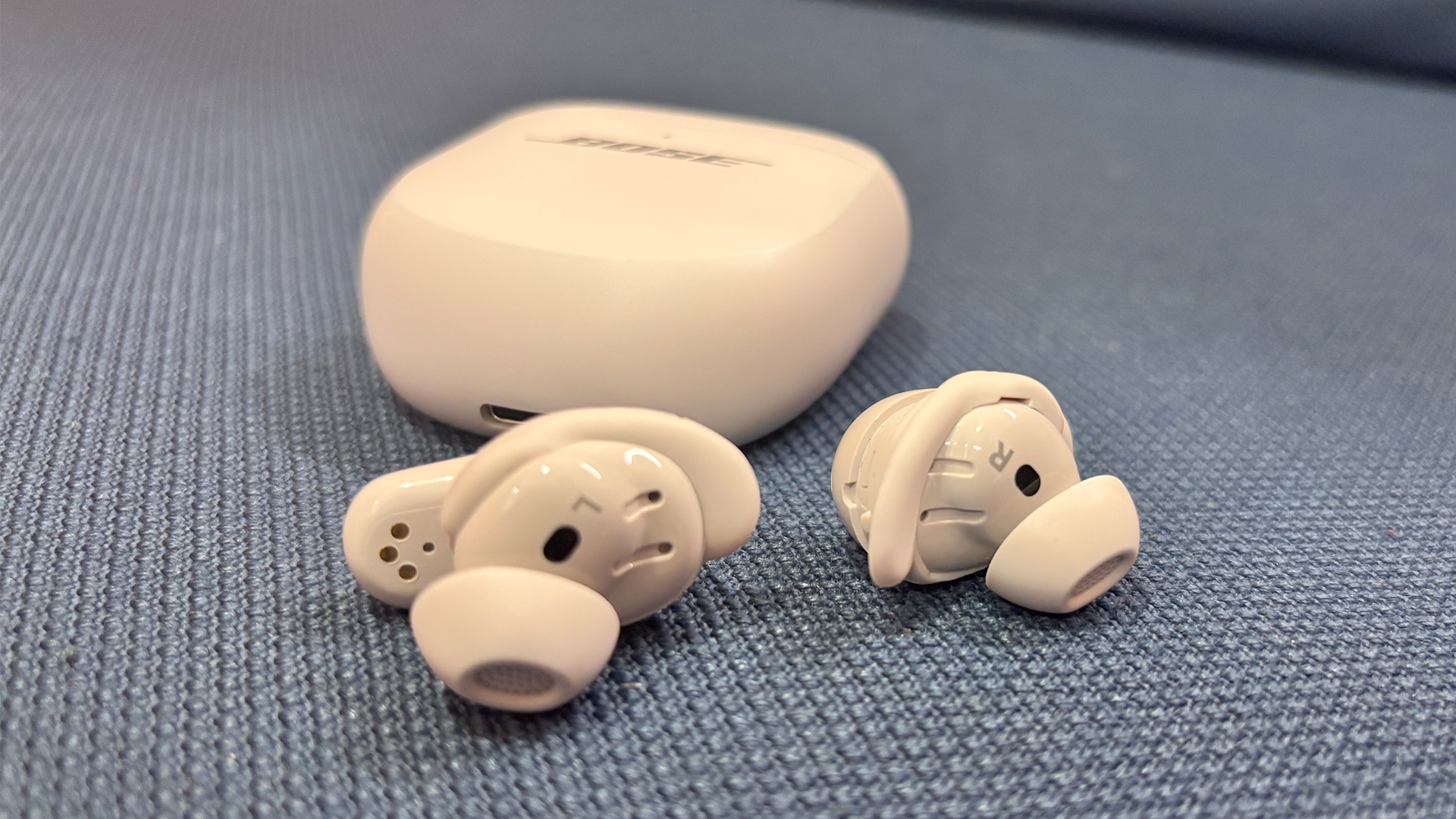
Specifications
Reasons to buy
Reasons to avoid
ANC is Bose's thing. If you know anything about the US brand, you'll know that its famed for its noise cancelling capabilities, making some of the best wireless earbuds for ANC in the business.
For us, this latest flagship pair are arguably its finest earbuds to date, and the best thing? Their talents go far beyond mere noise cancelling. In short, the new QC Ultra Earbuds take almost everything that we liked about the originals and elevate it to a new level.
Comfort levels and build quality are still outstanding, and often far beyond what most rivals can muster. The plastic used by Bose feels premium to the touch, and when combined with the soft silicone eartips and stability bands, the latter of which tuck into the top part of your inner ear, they achieve that Holy Grail of feeling locked-in but also super comfortable.
Battery life clocks in at six hours per charge, with the wireless charging case providing three more boosts.
That’s in keeping with most rivals at the money, although the Technics EAH-AZ100, which feature on our list of the best wireless earbuds and are found in our also consider section below, trump that with an impressive ten hours per charge and total battery life of 28 hours.
The Bluetooth 5.3 earbuds include AAC and SBC codec support, like most rivals, and there’s aptX Adaptive for those using a compatible smartphone or tablet.
Bose has managed to up the quality of its call quality and noise-cancelling with the 2nd Gen Ultras, and the ANC is a real highlight.
As we said in our review, “Noises across the sonic spectrum… simply dissolve into near-insignificance, with harsher and more intrusive sounds shut out even more effectively than before”. This makes them the perfect entry for this buying guide.
They don't leave you feeling like ANC has been the main focus, either. Bose has done a mighty job of improving these second-gen candidates, and while the drivers are the same as before, subtle tuning tweaks have resulted in boosted clarity and detail, plus a greater sense of bass depth, than their predecessors could manage. Sometimes, all you need are some subtle tweaks...
All in all, a hugely talented pair of wireless earbuds with class-leading ANC abilities. Job done.
Competition comparison
We're not being flippant or facetious here, the main competitor for Bose in terms of ANC is...Bose. If you want to save some money, the first-gen buds are still excellent performers with an ever-lowering price tag.
Then there's the excellent Sony WF-1000XM5 – noise cancelling, features, class-leading sound at a price that's also dropping by the day.
Read our full Bose QuietComfort Ultra Earbuds (2nd Gen) review

Immersive Audio is Bose’s take on spatial audio; it works with any stereo music to try to add a layer of extra spatialisation to the sound. While we’re not 100 per cent sold on the technology, we would still suggest it’s worth having a play with to hear the effects for yourself.
It should work out of the box, and there is an option to recalibrate the headphones should the mode sound completely out of sorts. Head to the main menu then select Immersive Audio to have a listen.
Also consider
- Sony WF-1000XM5: While the Bose QC Ultra Earbuds boast the best ANC we have ever come across in a pair of buds, these premium Sony wireless earbuds come very close to their sound-blocking ability and offer a slightly more insightful sound at a slightly more affordable price.
- JBL Live Beam 3: More features and customisation than the Sony WF-C700N, though they don't have their rivals' level of precision, agility or dynamics. Easy to recommend if you’re after decent sound, the latest tech and a unique charging case. Want sportier ANC buds? Check out the Sony LinkBuds Fit.
- Bowers & Wilkins Pi8: Better-sounding Bose QC Ultra Earbuds alternatives and real contenders for class-leading status at this ultra-competitive end of the market. They don't block high-frequency sound quite as well as the Bose do, though.
- Technics EAH-AZ100: Bose QC Ultra Earbuds alternatives. With a Bose-bothering ANC performance and a Sony-bothering sound performance, these Technics are true contenders in the ultra-competitive premium market.
- Want more affordable options? Here are the best cheap noise-cancelling headphones
How to choose the best noise-cancelling headphones for you
Noise-cancelling tends to go hand in hand with wireless Bluetooth connectivity; you'll find few wired ANC pairs these days, which is logical considering noise-cancelling is associated with portability. Indeed, it's one of the key differences between wireless and wired headphones. That wireless/ANC combination gives you both the freedom of no wires and the isolation to block out sound on the go.
Most pairs of ANC (active noise-cancelling) headphones not only include microphones to cancel out external sound but also to allow for chatting with friends and family, or for those video meetings that are all the rage these days.
The two most important things to consider are whether having different levels of ANC is important to you or whether you want an over-ear or in-ear pair. The best noise-cancelling over-ears tend to isolate you pretty substantially, while the effect is certainly noticeable but generally less severe in earbuds. Both styles offer ANC for affordable prices below £100 / $100 / AU$150 these days, though.
Some pairs simply allow you to switch ANC on or off, which is fine if you're listening to them on a train or plane. Other models, however, give you greater flexibility and the ability to adjust the intensity of the noise cancellation effect in a companion app based on the scenario you are using them in (some can even do this automatically).
You might also want to allow external noise through if you're using them in traffic-heavy areas, so most ANC headphones today feature a 'Transparency Mode' that, when activated, temporarily allows for just that.
Another increasingly popular feature of wireless noise-cancelling headphones to look out for is Bluetooth Multipoint, which lets you connect more than one device to your headphones at the same time, allowing you to, for example, listen to music through your laptop but seamlessly switch over to your phone when a call comes in.
You should also note the Bluetooth codec support of your phone or other source device and look for that same support in your noise-cancelling headphones – if they both support, say, LDAC or aptX HD, you will benefit from more efficient wireless transmission and therefore better sound quality.
Battery life with ANC activated is pretty decent across the board nowadays, with 30 hours offered by many over-ear headphones and 20+ hours by in-ear earbuds.
How we test noise-cancelling headphones
While we have state-of-the-art testing facilities where our in-house team of experienced reviewers test the majority of hi-fi and AV kit that passes through our door, noise-cancelling headphones are of course different beasts – their testing requires everyday use on the go in different (and yes, noisy!) environments.
Therefore, we test noise-cancelling pairs in an office, amidst street noise, on public transport and, when we can, even on a plane.
We judge every pair on its ANC effectiveness as well as its design portability, comfort levels and battery life, and naturally sound quality is king in forming our verdicts and star ratings too.
As a crucial part of What Hi-Fi?'s comprehensive testing process is comparative testing, each pair we review is compared to the best in its price and style class – whether that's one standout pair or a few we favour most among the many models we listen to each year for reviews and during the What Hi-Fi? Awards judging.
We keep class-leading products in our stockrooms so we can always compare new products to rival ones we know and love and see how they perform contextually in the market. Only the very best performers in the ever-crowded market appear on this page.
All review verdicts are agreed upon by the team rather than an individual reviewer to eliminate any personal preference and to make sure we're being as thorough as possible, too.
There's no input from PR companies or our sales team when it comes to the verdict, with What Hi-Fi? proud of having delivered honest, unbiased reviews for decades.
Read more about how we test and review headphones at What Hi-Fi?.
F.A.Q.
Which headphones block out the most noise?
Thankfully, this one is relatively easy. Our current pick as the best noise-cancelling headphones, the Sony WH-1000XM6 – which you will find at number one in our list on this very page – offer great active noise-cancelling performance.
Partner that with excellent sound, a good fit and decent build, and that's why we think they're the best option for most people. Unlike some features, i.e. sound quality, it's not the case that you can spend more and more for better and better performance. If noise-cancelling is your key concern, you can be more than content with these Sony over-ears.
Is noise-cancelling worth it in headphones?
Yes, we certainly think so. If you spend any time listening to music (or podcasts) in a loud environment, then noise-cancelling is a real game-changer. ANC is the difference between being able to hear the heated discussion on your radio show, and simply not being able to – or having to turn the volume up and up in order to hear it clearly.
And it's the same for music. So for noise offices, loud trains, or just busy households, we're serious fans of the noise-cancelling technology.
Do 100% noise-cancelling headphones exist?
In a word, no. But almost. You'll be hard-pressed to find headphones capable of blocking out absolutely all noise-cancelling headphones but the best over-ear models (which are on this list), will block out a huge amount of outside noise.
This ANC tech alongside a good, over-ear noise-isolating fit for the headphone cups (more on that below), will ensure only the loudest and closest noises penetrate your sonic cocoon.
What is the difference between noise cancelling and noise blocking headphones?
Active noise cancelling (ANC) technology means your headphones have tiny microphones on the outer housing of the headphones that listen to the noise around you and quickly create an artificial sonic mirror image of that external sound.
If you produce one sound wave with the same amplitude but opposite phase, you get something called an antiphase. Added together, the two sounds cancel each other out. The result? Silence (or near enough). Clever, eh? You can read a more detailed explanation on our page about how active noise-cancelling technology works.
Can noise cancelling headphones damage your ears?
Noise-cancelling headphones specifically will not damage your ears or give you tinnitus. This damage happens if you listen to music at high volume for extended periods of time – and we tend to be referring to sound levels found in clubs, bars and other music venues.
But certainly, like with any headphones, you shouldn't listen at loud volumes for a long time. However, if anything, noise-cancelling headphones will allow you to listen at lower volumes, as you don't need to turn the volume up to counter outside noise.
Recent updates
- September 2025: Added 'In brief' section at the top.
- August 2025: Following their five-star review, we've added the Bose QuietComfort Ultra Earbuds (2nd Gen) to our list, replacing the established first-gen buds.
- May 2025: The brand-new Sony WH-1000XM6 over-ears replace their predecessors as our Best Overall pick, while their exceptionally close rivals, the B&W Px7 S3, make our Also Consider list. Sadly, the also newly reviewed LG Xboom ANC earbuds fail to impress.
- April 2025: The all-new Sony WF-C710N replace their predecessors as our favourite pair of budget earbuds, with our test team delighted at the improvements Sony has made.
- March 2025: No new entries this month, with the newly reviewed Beyerdynamic Aventho 300 over-ears and Samsung Galaxy Buds 3 Pro earbuds being decent four-star pairs but ultimately not good enough to trouble the class leaders in this list.
- February 2025: The Dali IO-8 replace the Mark Levinson No.5909 as our Best Audiophile pick, while the AirPods Max make way for the sound-blocking maestros, the Bose QC Ultra in the Best Premium category.
- January 2025: Having just been announced and reviewed by our reviews team, the Technics EAH-AZ100 premium earbuds make our Also Consider section as worthy alternatives to the Bose buds in this list.
- December 2024: We've added the newly reviewed Sony LinkBuds Fit as an Also Consider pick for those who want ANC earbuds with a sportier fit. A new Today's best deals section has also been added so you can see the current best price for our top picks in one place.
- November 2024: Our newly crowned What Hi-Fi? Awards 2024 winners in the headphones field have been labelled as such, including our 'Product of the Year' Sony WF-C700N ANC earbuds.
- September 2024: Fresh from their five-star review, Bowers & Wilkins' Pi8 earbuds make our Also Consider list as better-sounding alternatives to the Bose QuietComfort Ultra Earbuds, which still have the edge in ANC ability. And while the just-tested Samsung Galaxy Buds 3 Pro are some of the best buds the brand has made, they aren't class leaders.
- August 2024: Despite their fanfare, the premium Dyson OnTrac over-ears fall short of making this list. The feature-packed JBL Live Beam 3 earbuds fare better, though, making our Also Consider list.
- July 2024: No new entries this time, with the newly reviewed and highly anticipated Sonos Ace disappointingly falling short of their AirPods Max rivals.
- May 2024: No new entries this time, but the just-announced Sonos Ace look very promising. Could they replace the AirPods Max in this list? We'll find out very shortly.
- April 2024: No new entries due to no new class leaders emerging, despite plenty of new headphones reviews, including Sennheiser Accentum Plus Wireless and Cambridge Audio Melomania M100.
- March 2024: Added an 'also consider' section (above) to give readers more choice if they need it.
- January 2024: Replaced the Focal Bathys with the Mark Levinson No. 5909 as our best premium over-ear noise-cancelling headphones, due to a drop in price for the Mark Levinson headphones.
- December 2023: Replaced the Bose QuietComfort Earbuds II with the new Bose QuietComfort Ultra.
- August 2023: Added the Sony WH-CH720N headphones as our affordable option, replacing the Lindy BNX-60.
Today's best deals
The latest hi-fi, home cinema and tech news, reviews, buying advice and deals, direct to your inbox.

Becky is a hi-fi, AV and technology journalist, formerly the Managing Editor at What Hi-Fi? and Editor of Australian Hi-Fi and Audio Esoterica magazines. With over twelve years of journalism experience in the hi-fi industry, she has reviewed all manner of audio gear, from budget amplifiers to high-end speakers, and particularly specialises in headphones and head-fi devices.
In her spare time, Becky can often be found running, watching Liverpool FC and horror movies, and hunting for gluten-free cake.
- Harry McKerrellSenior staff writer
